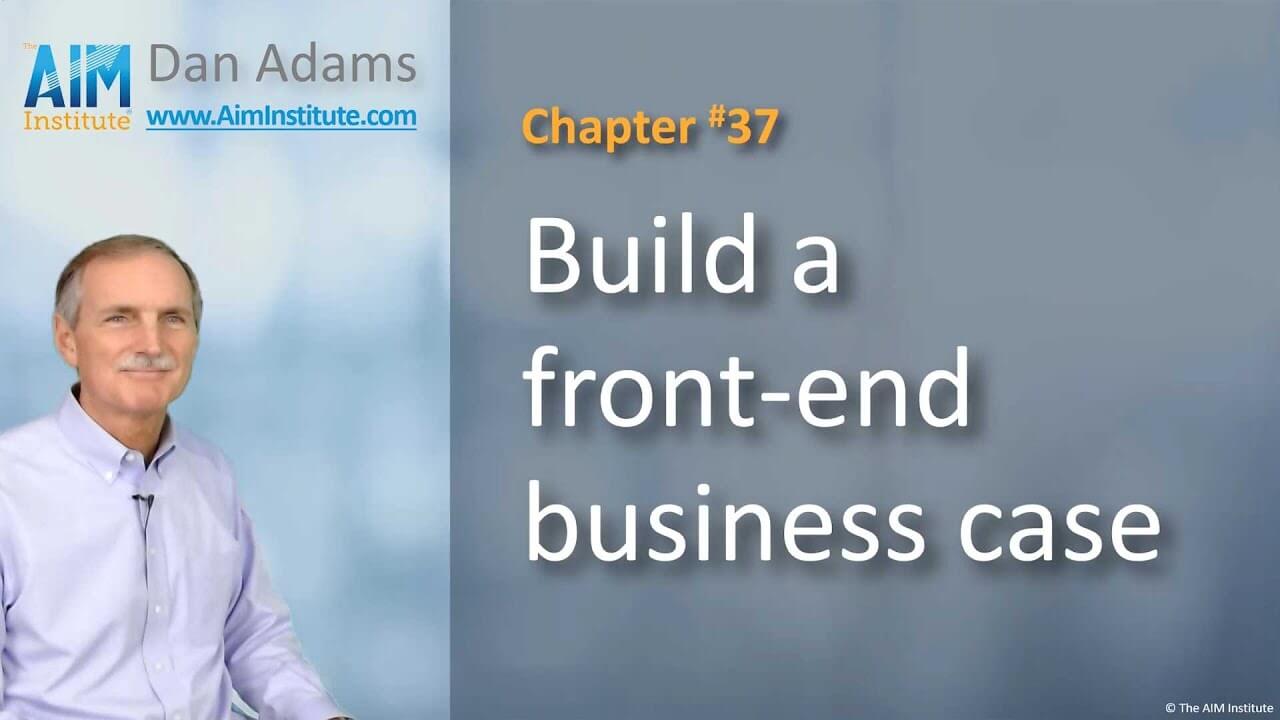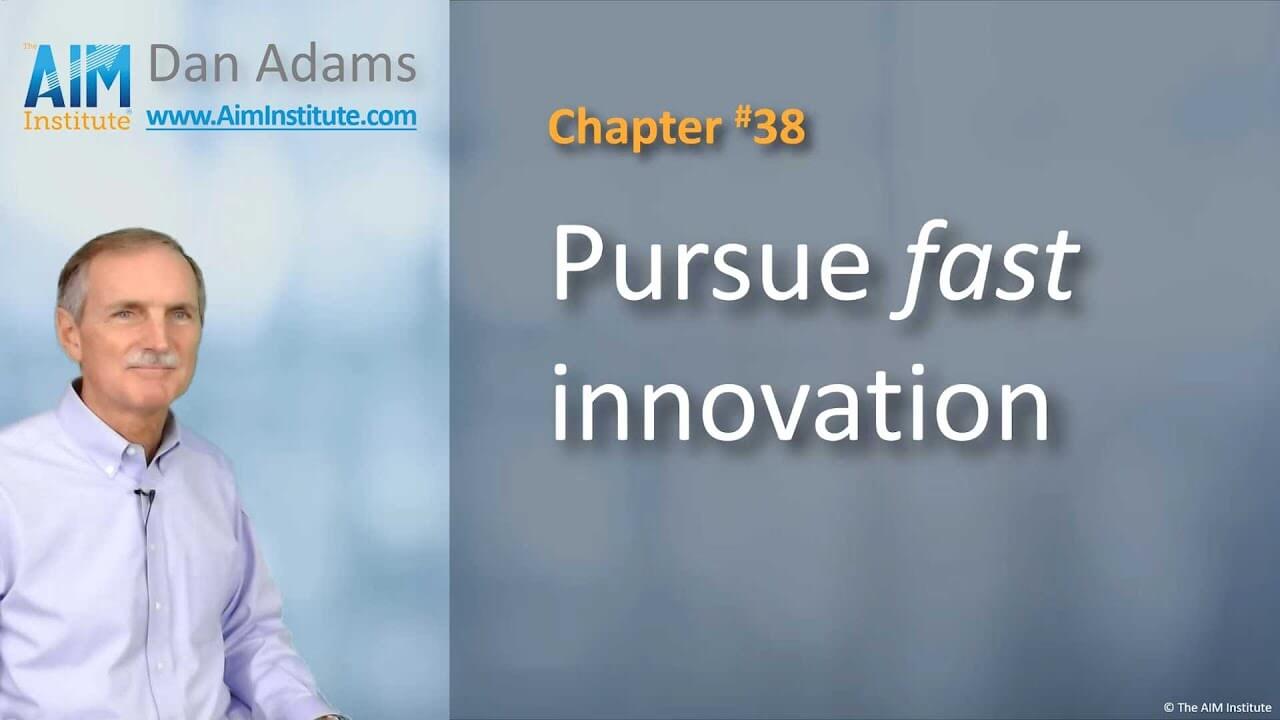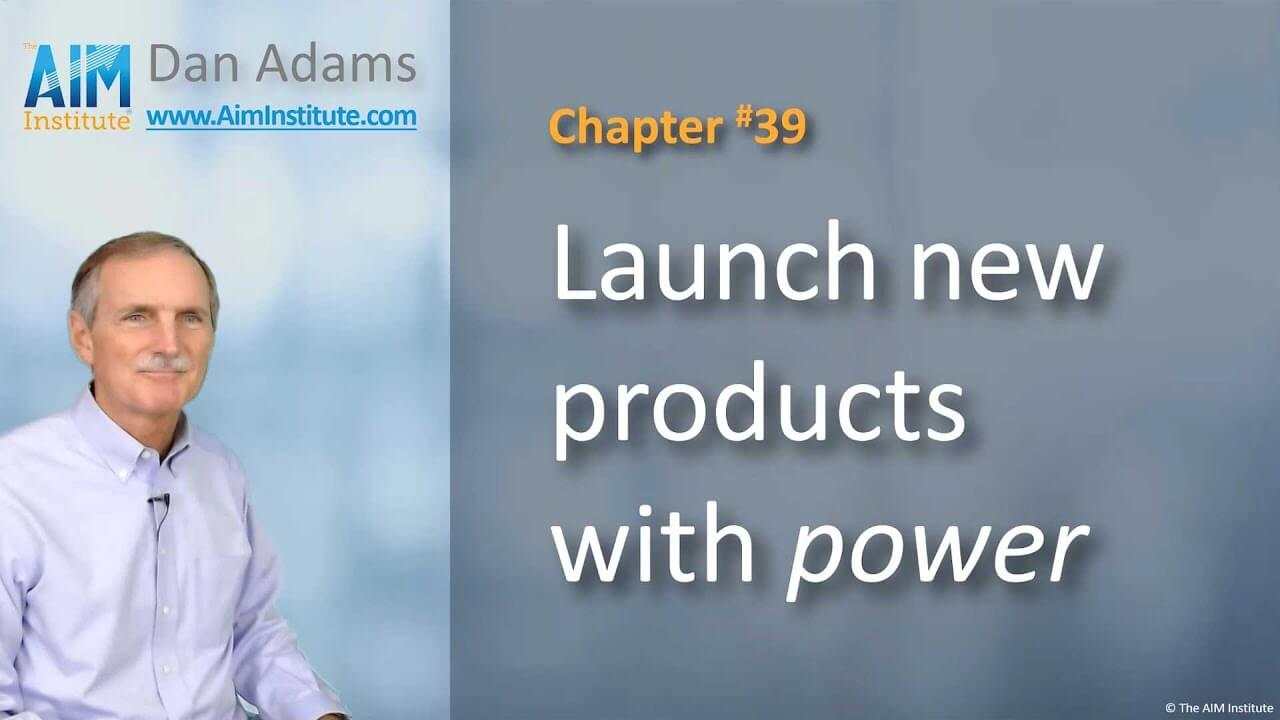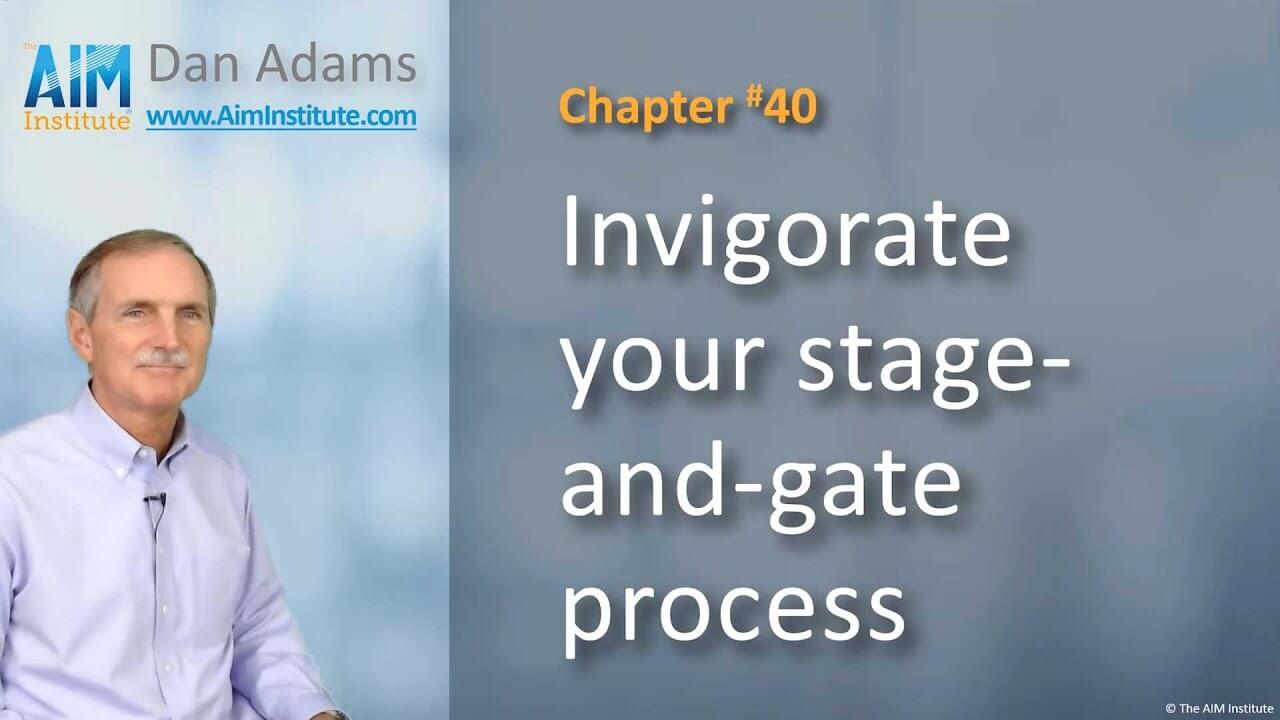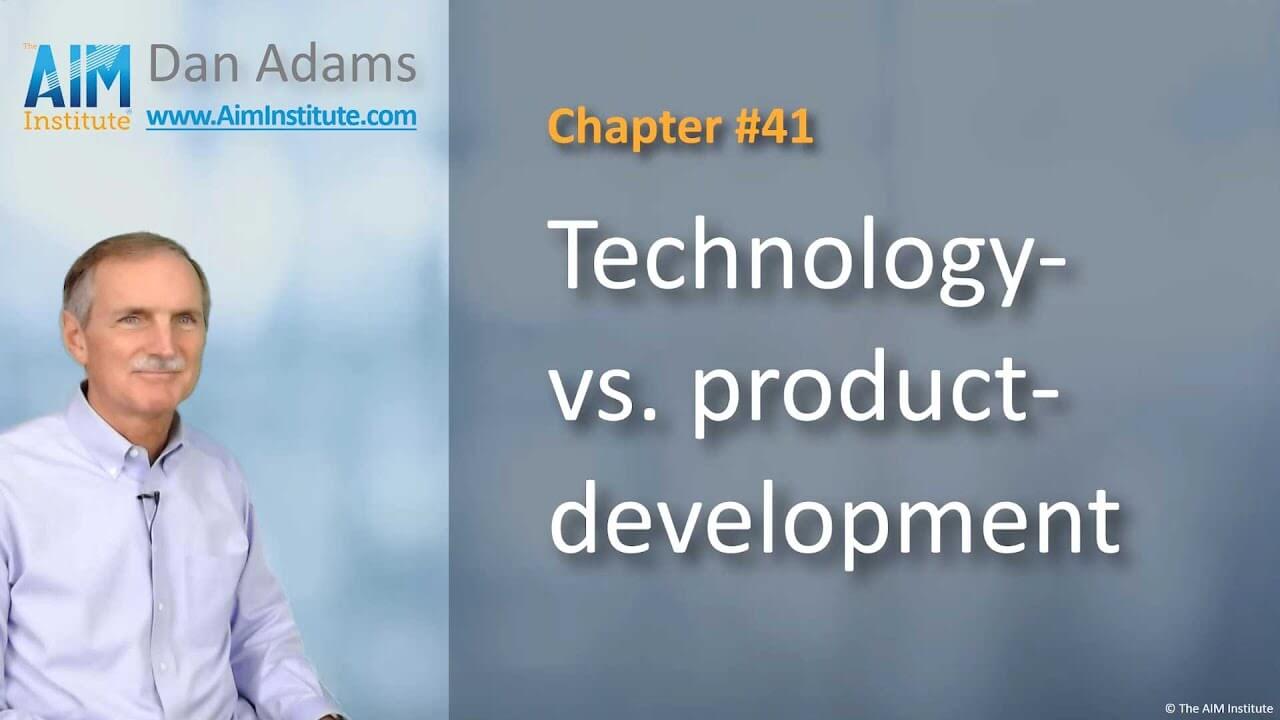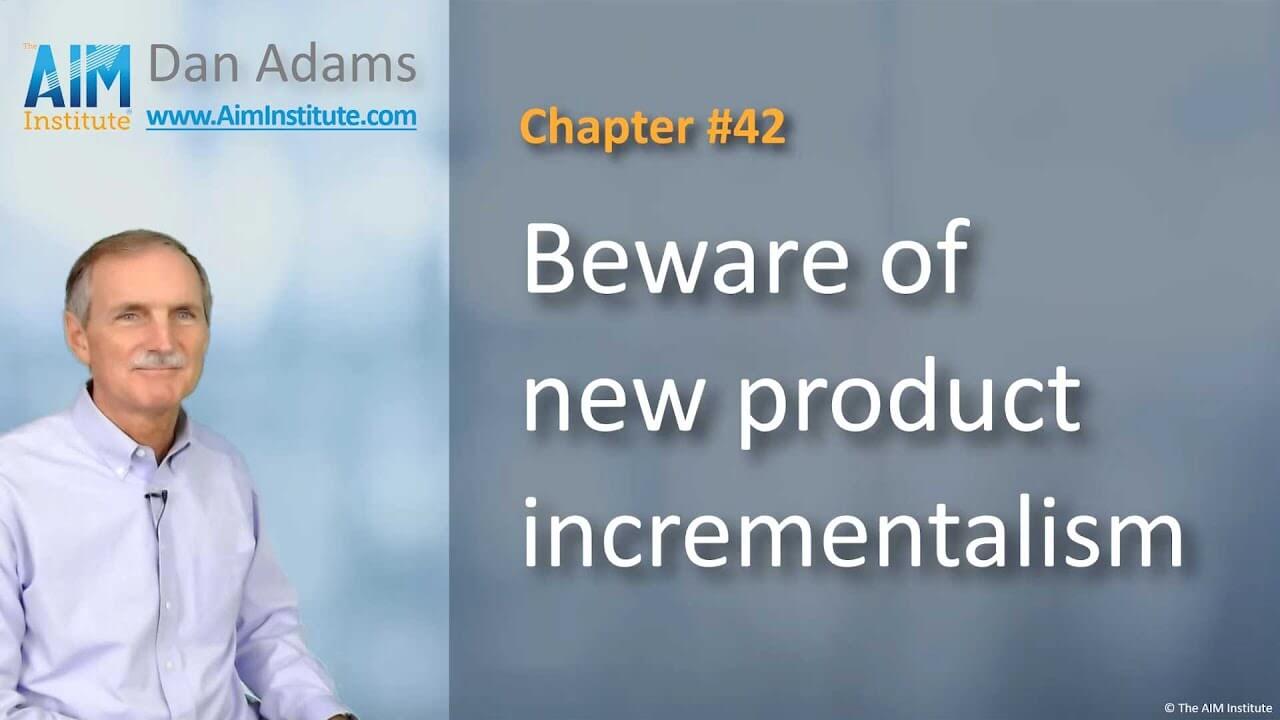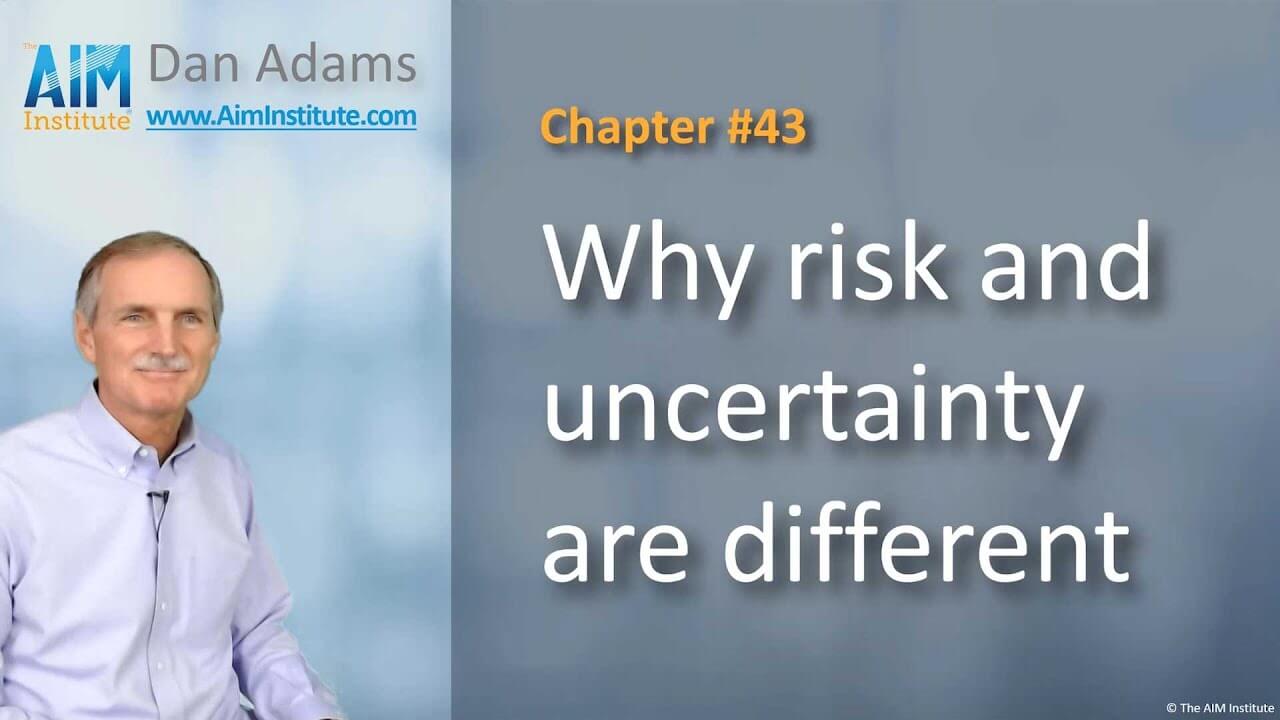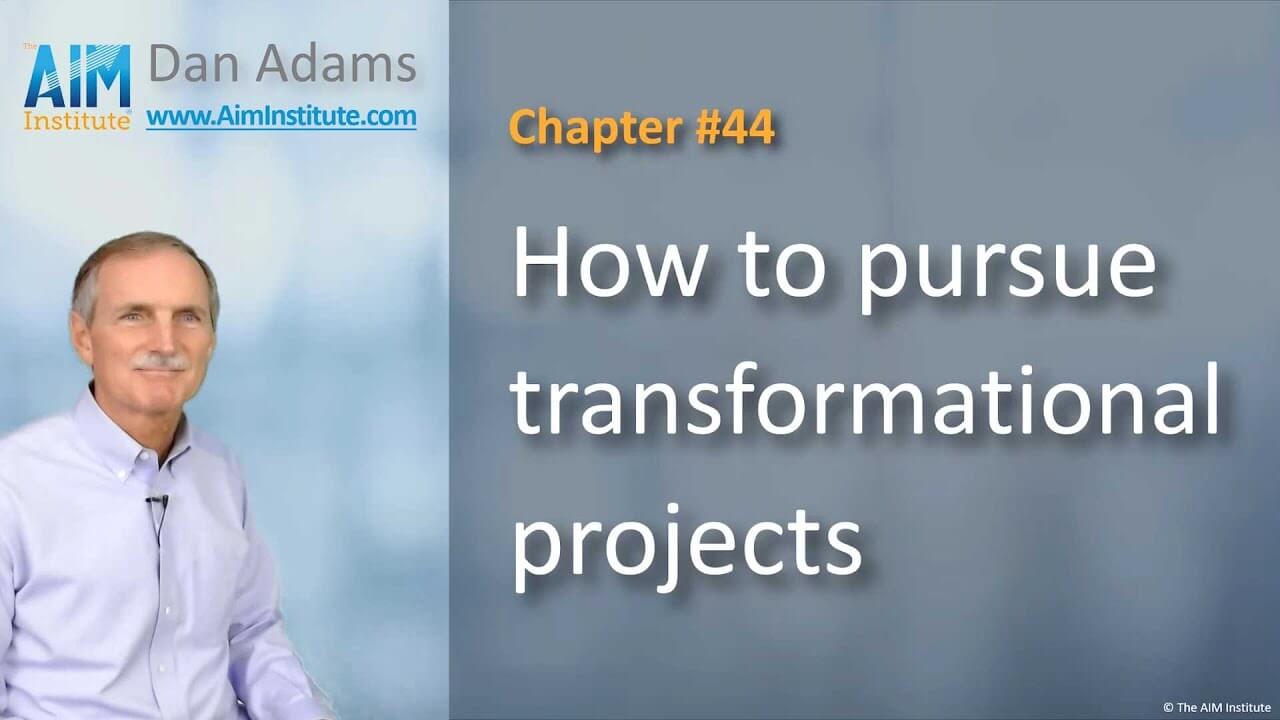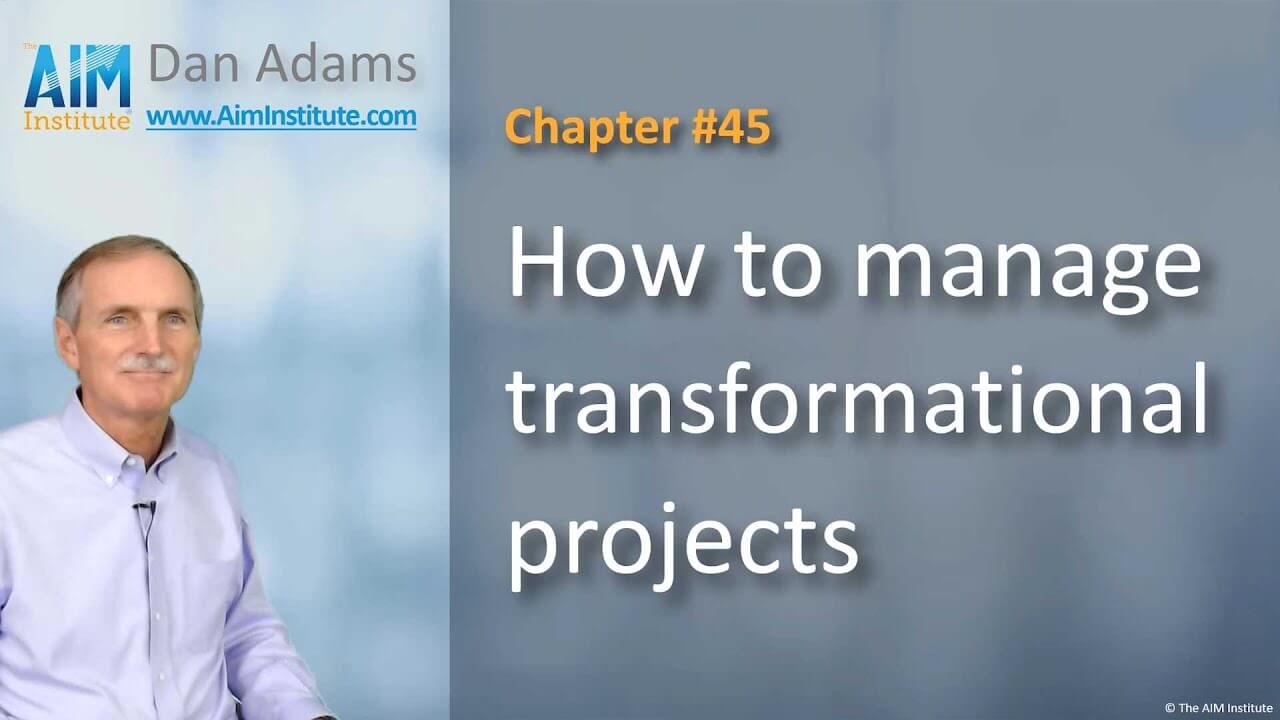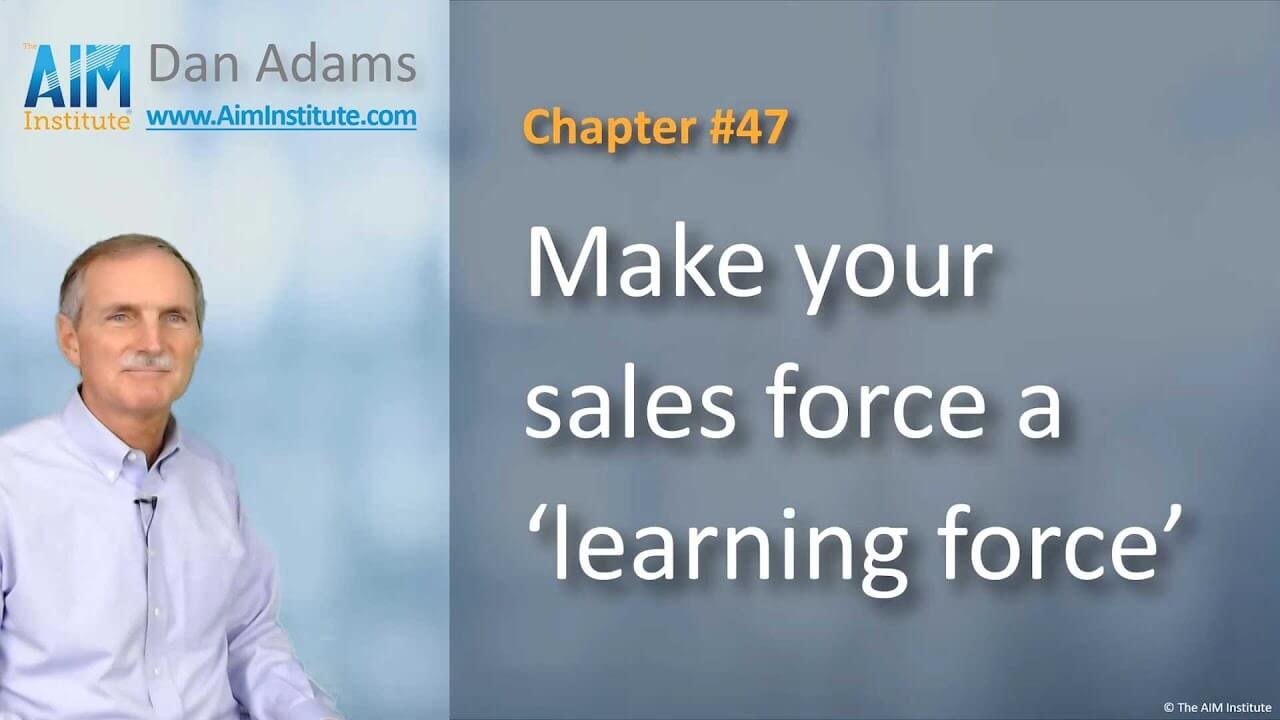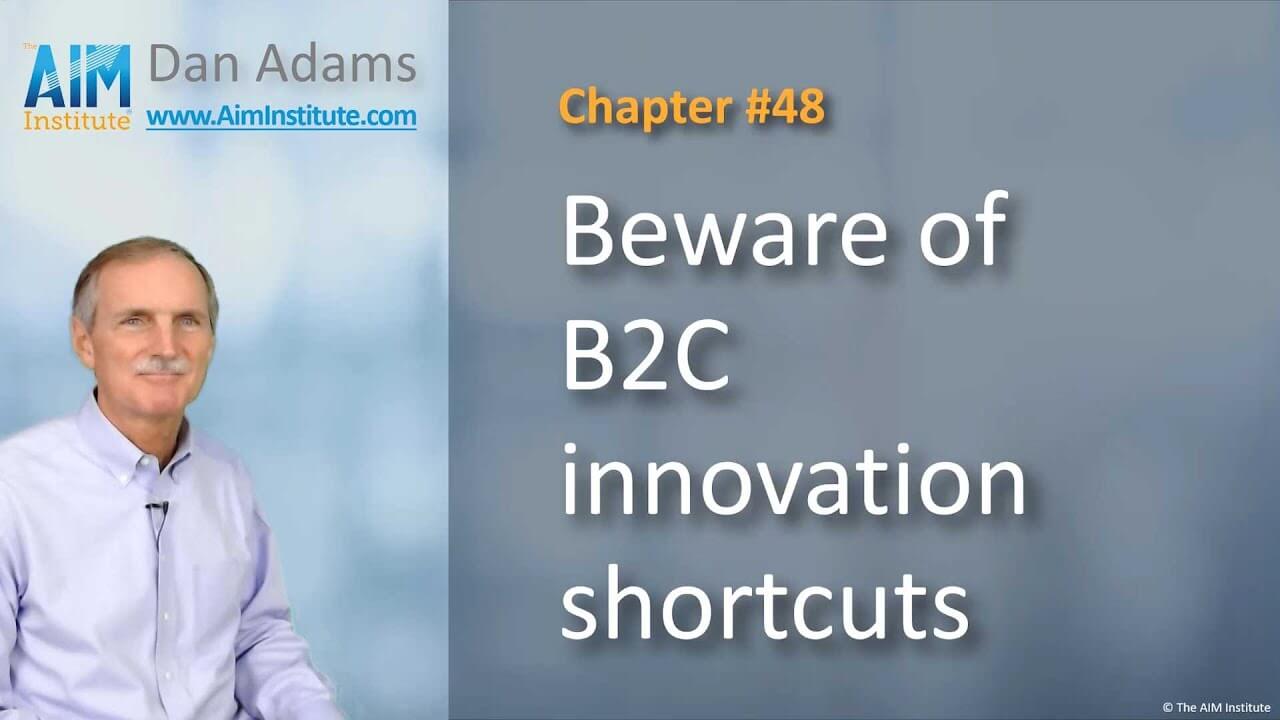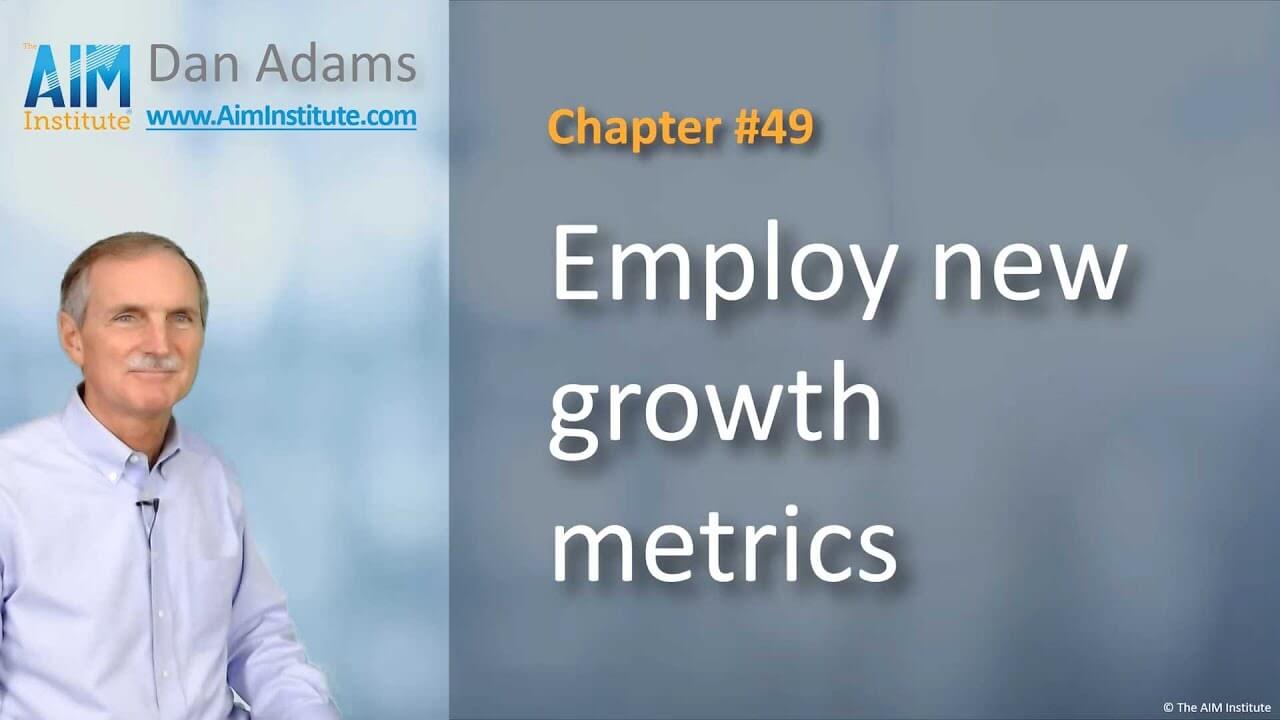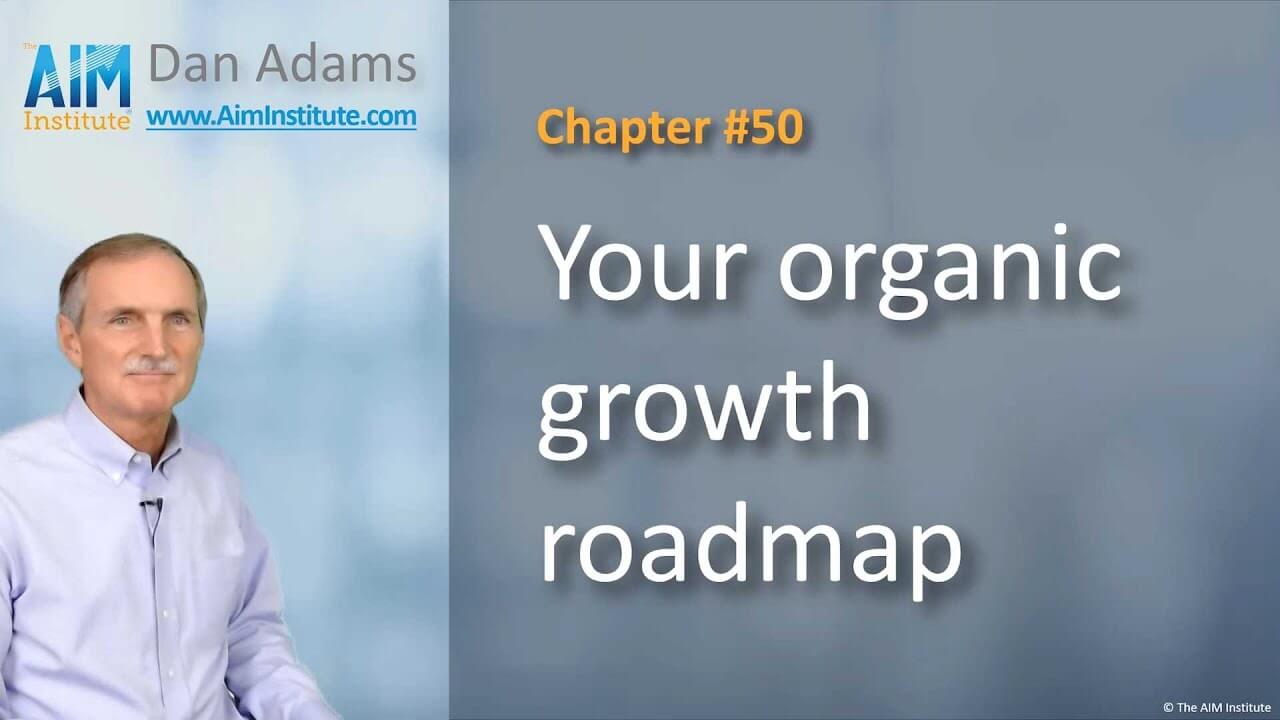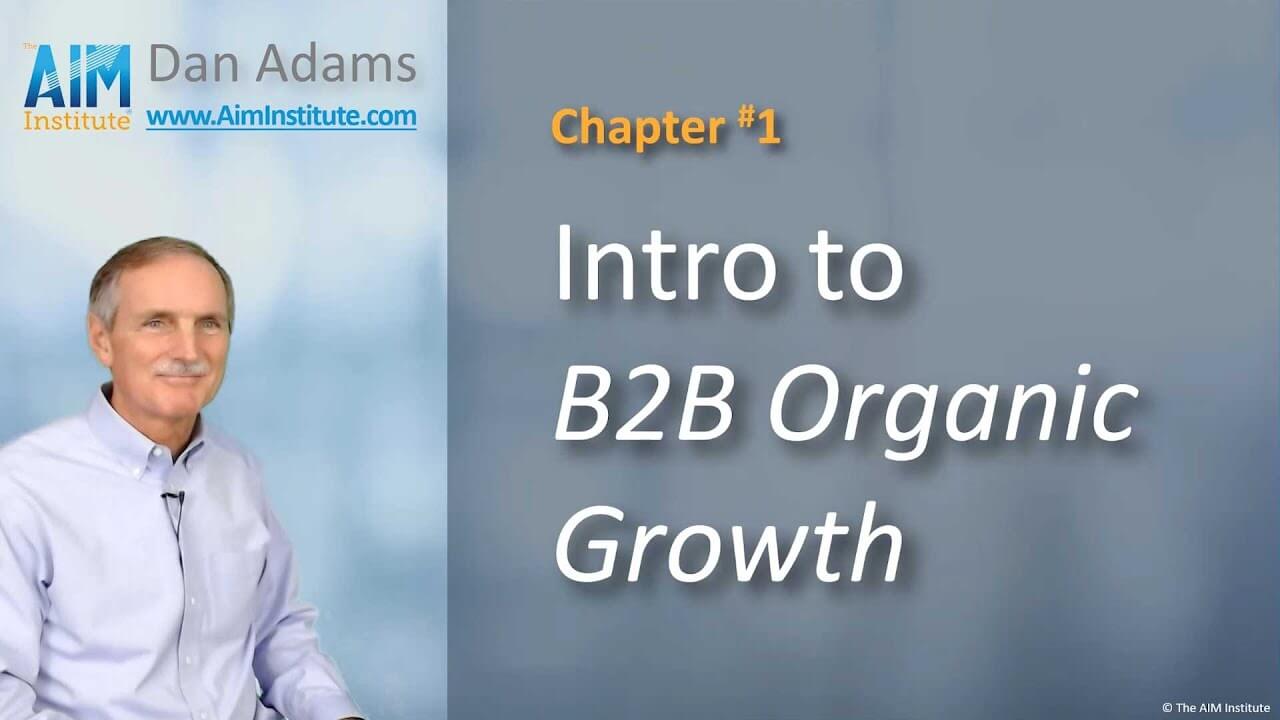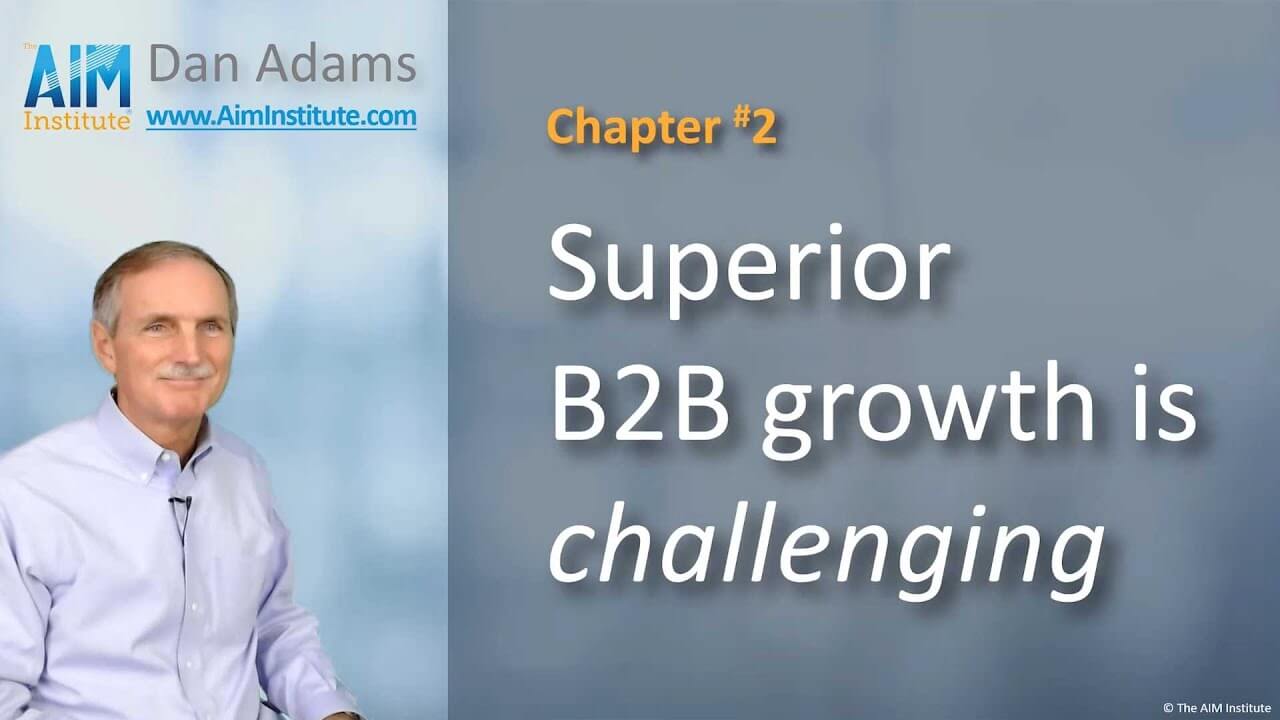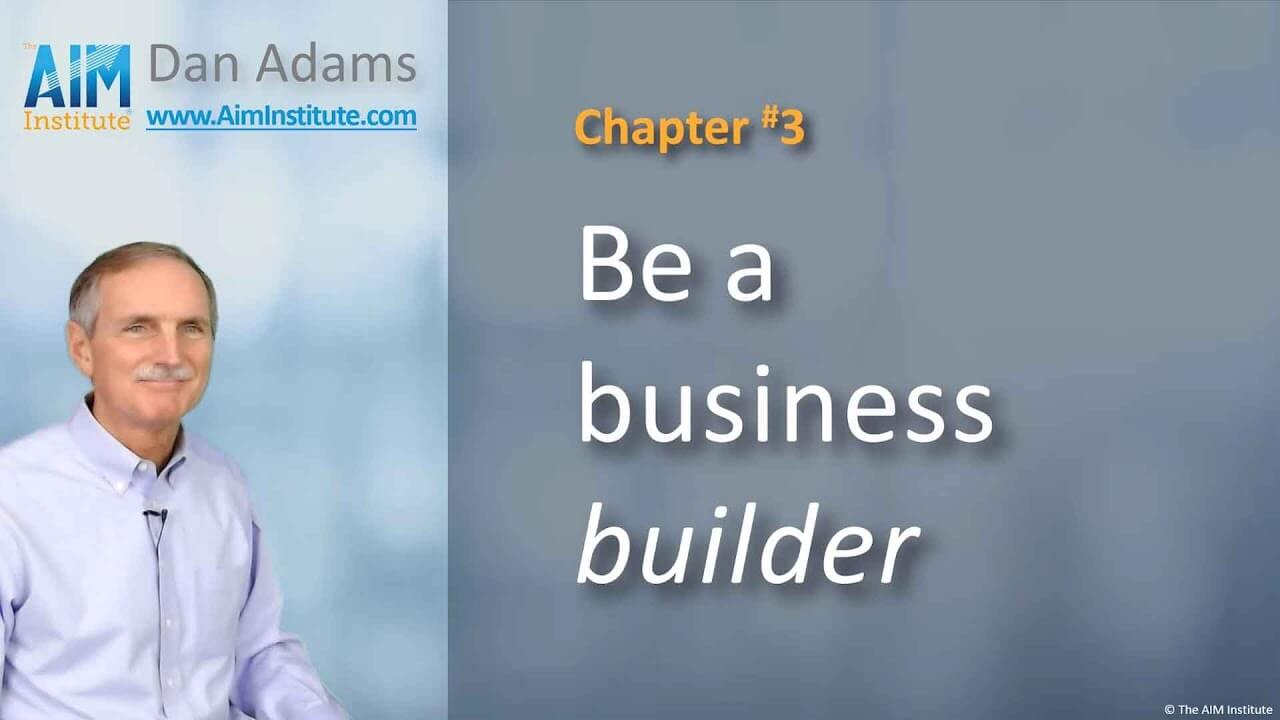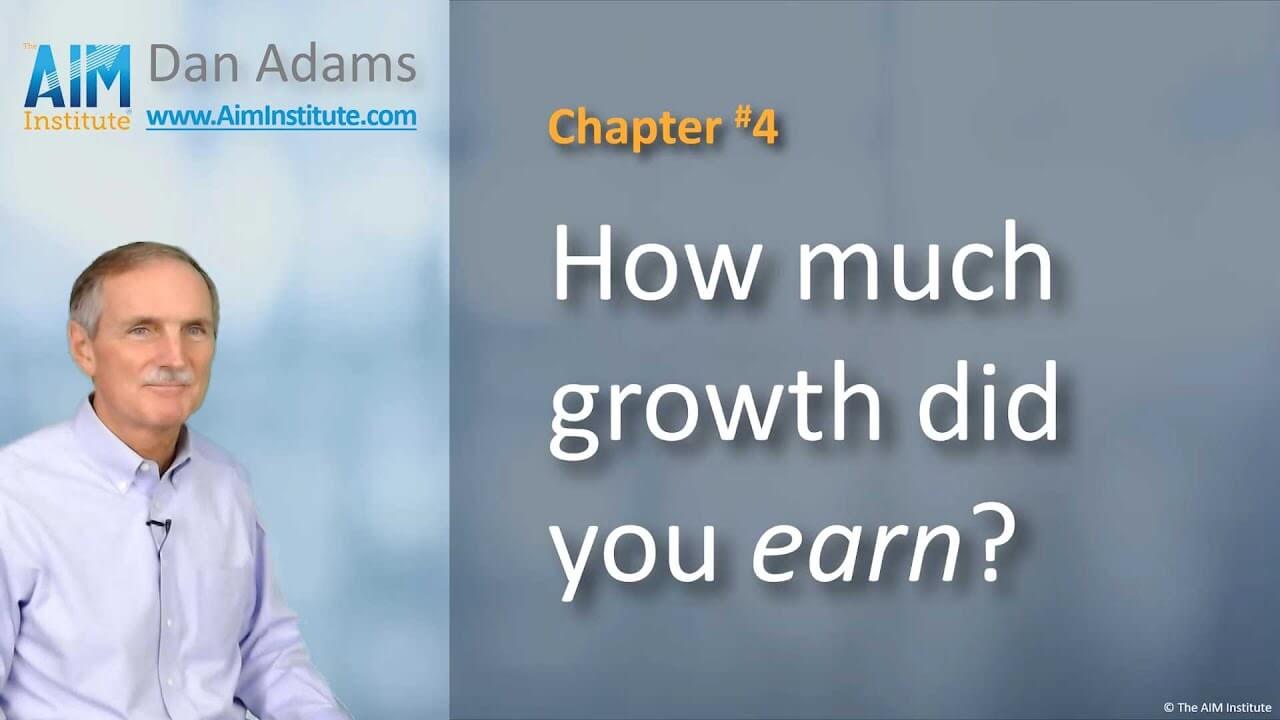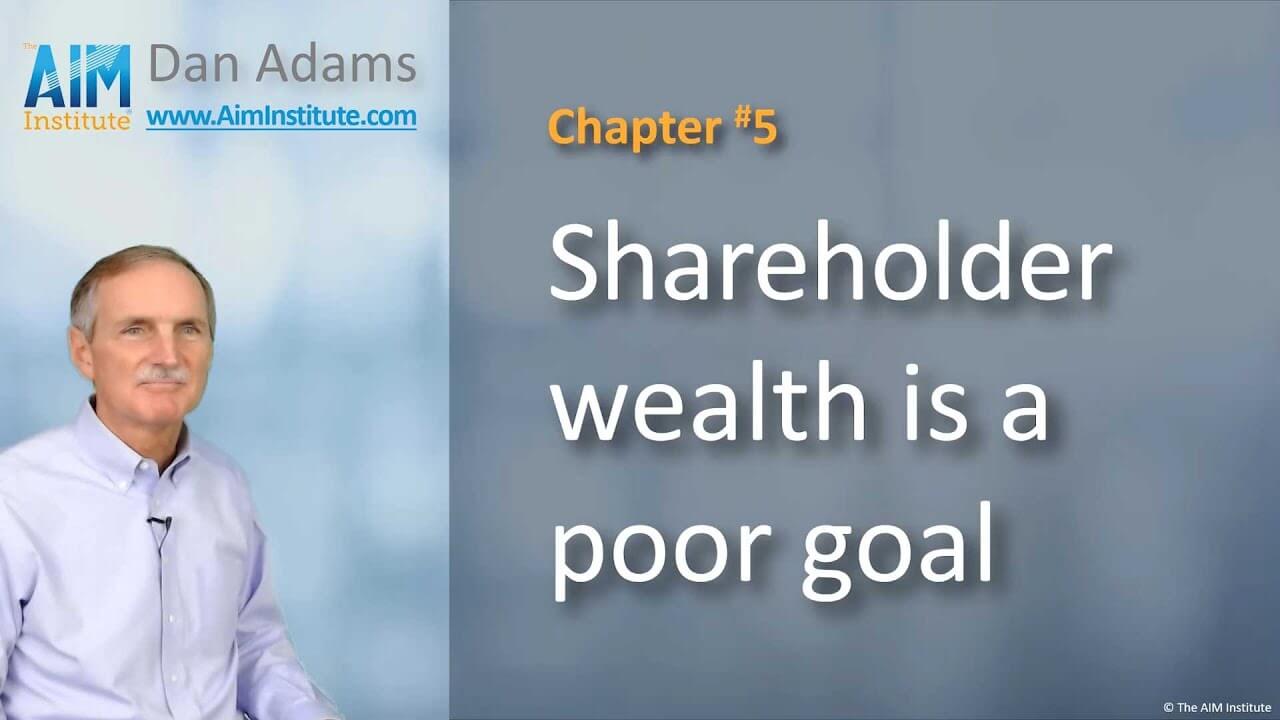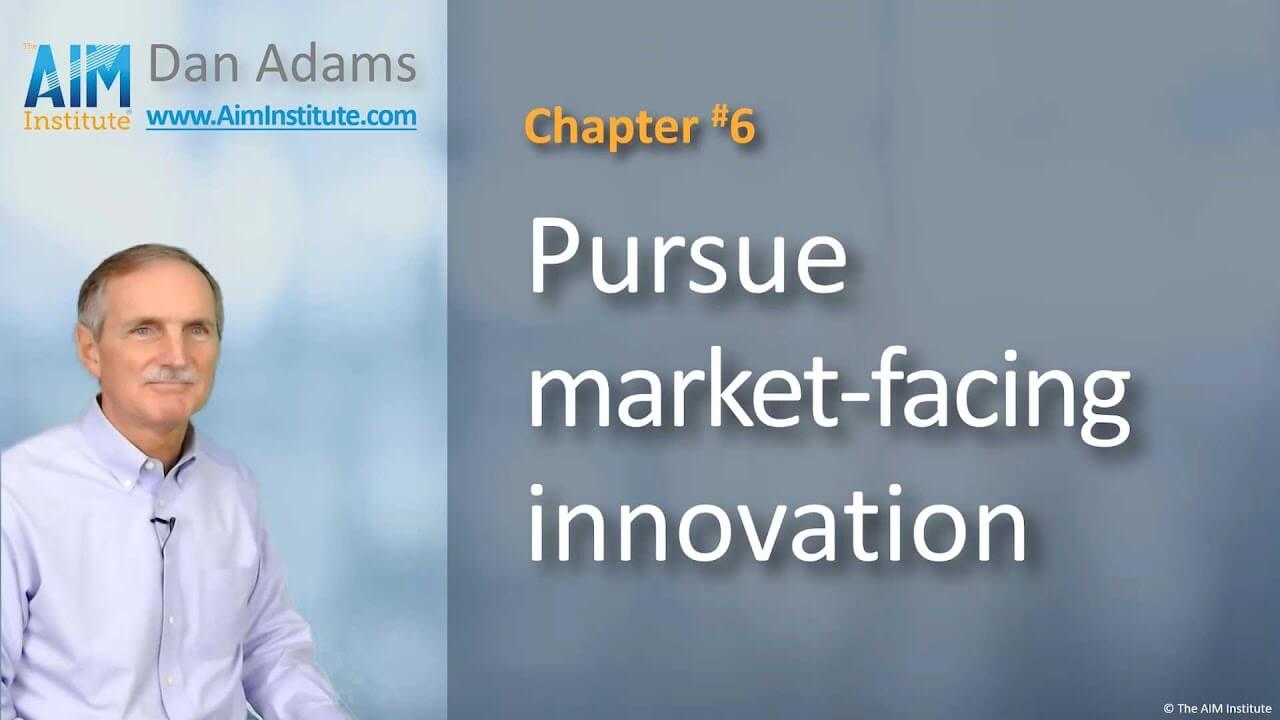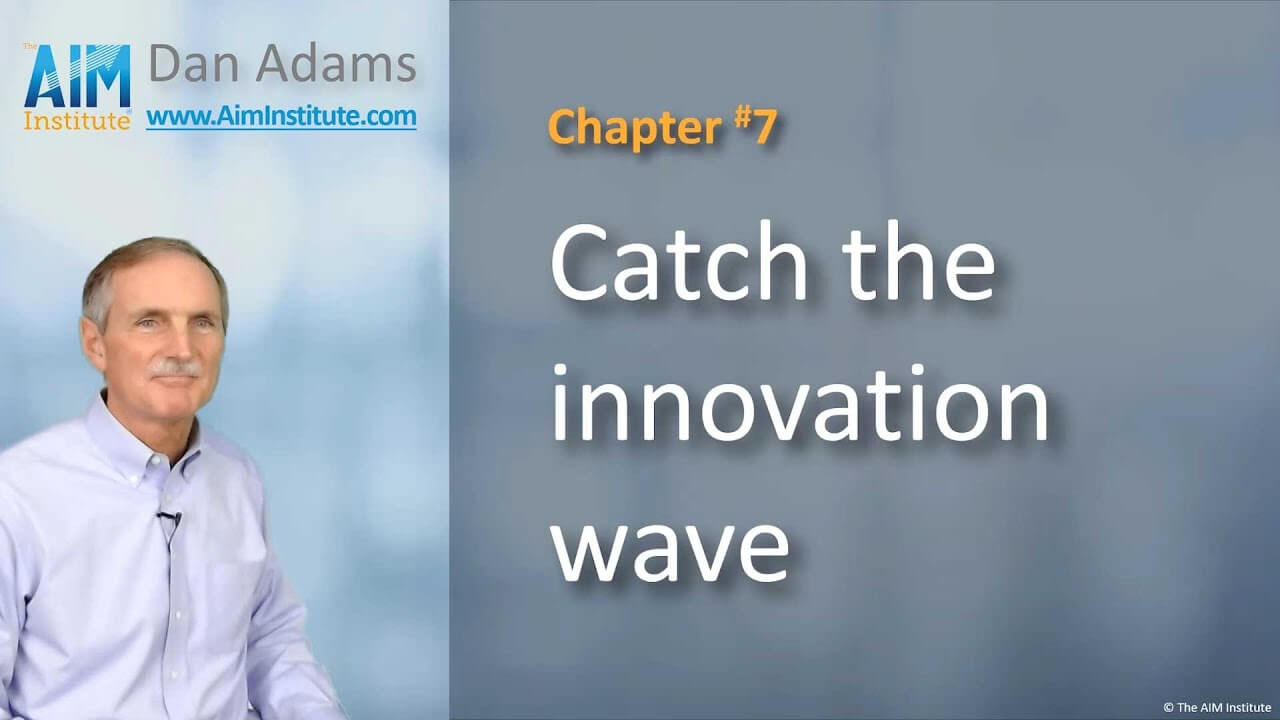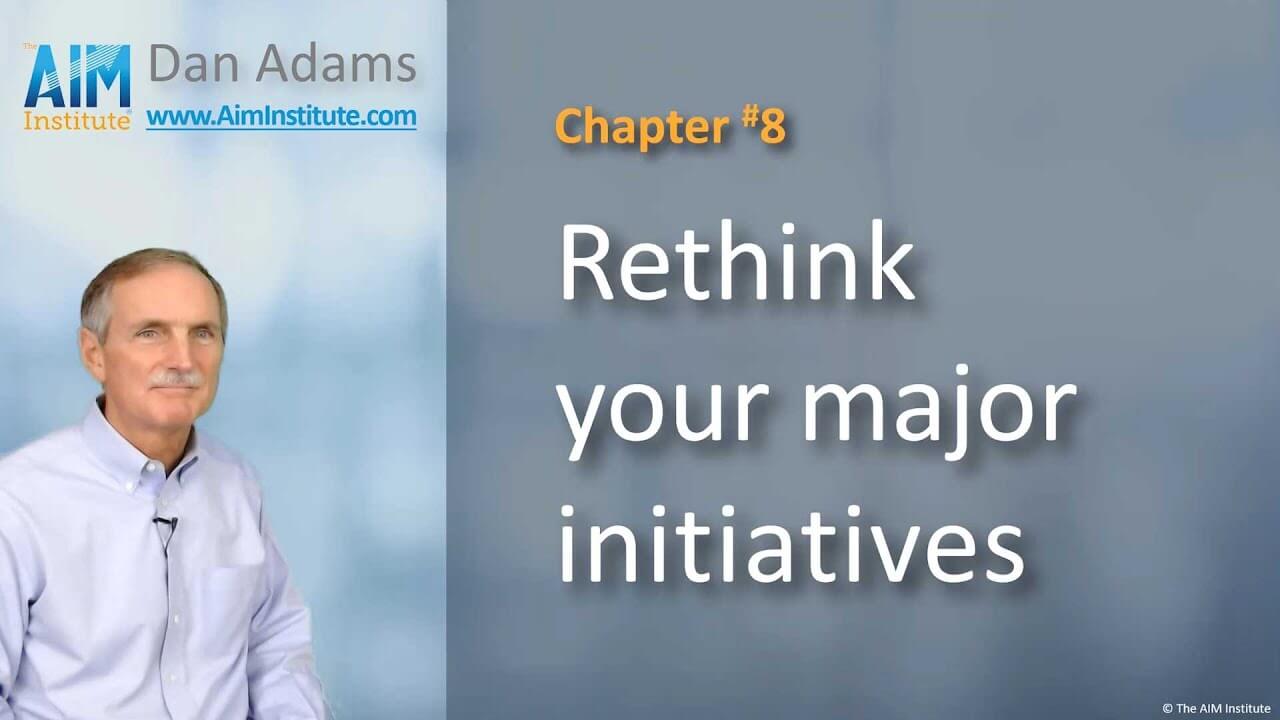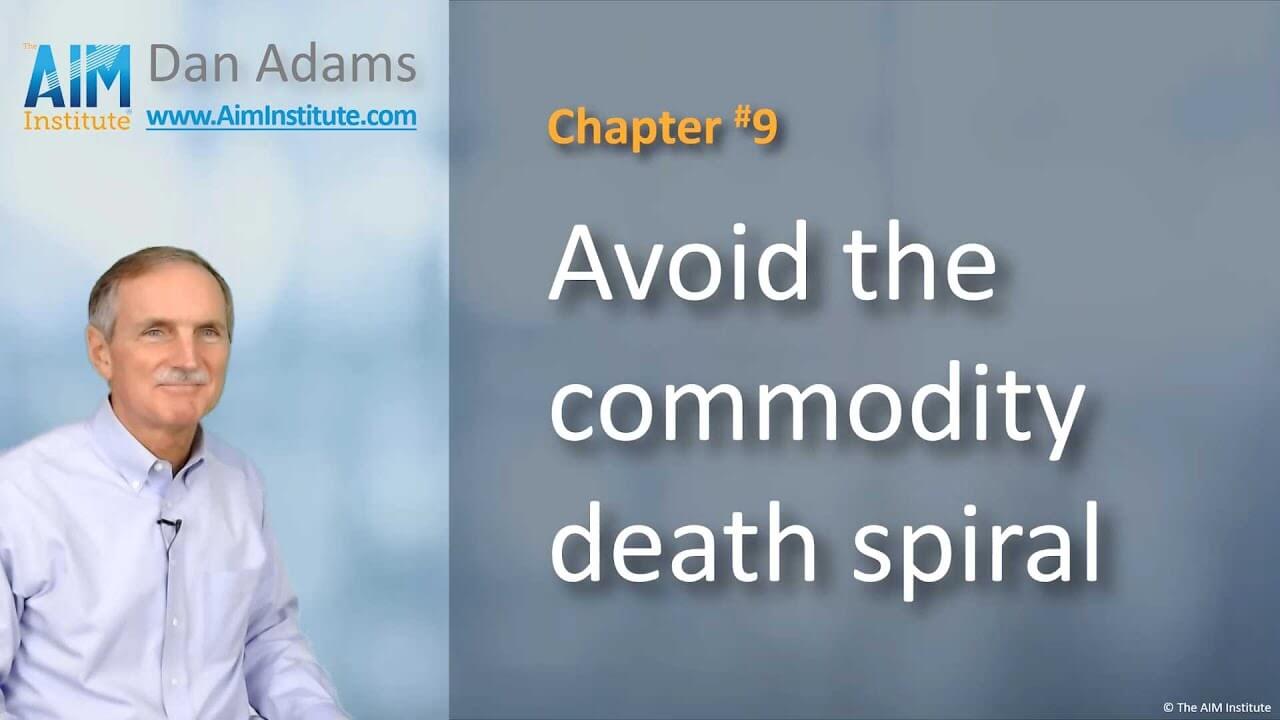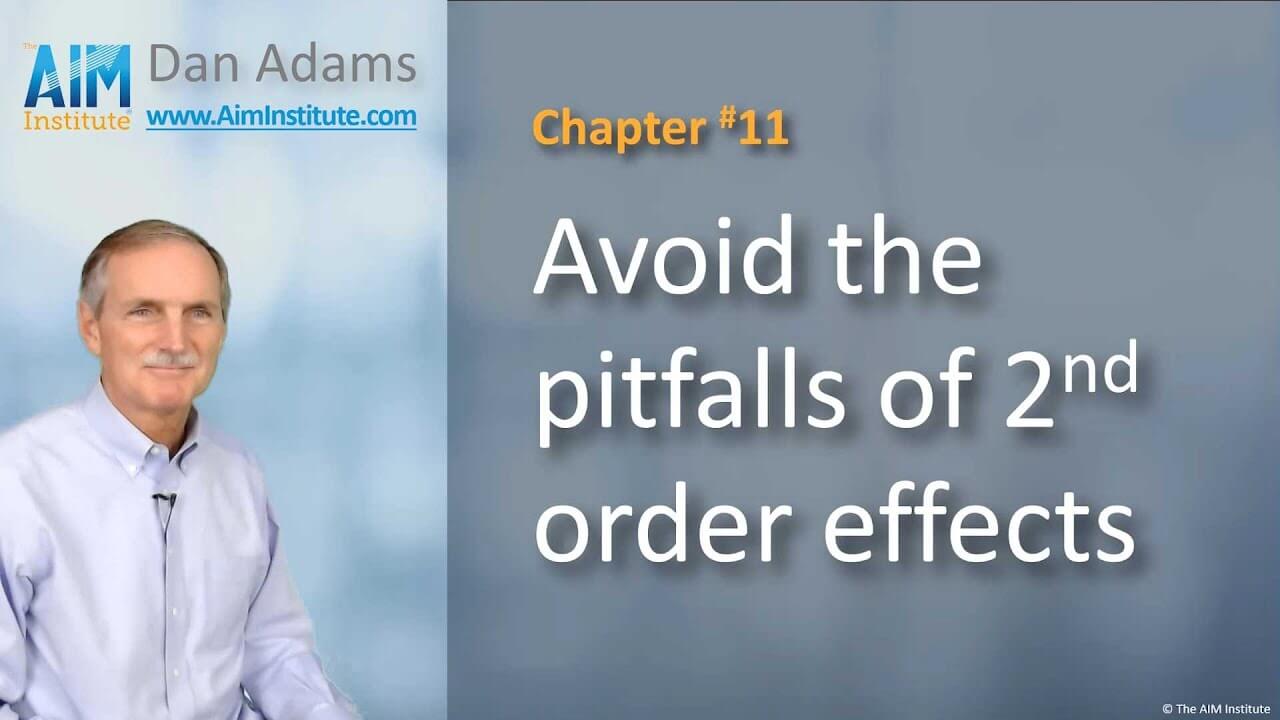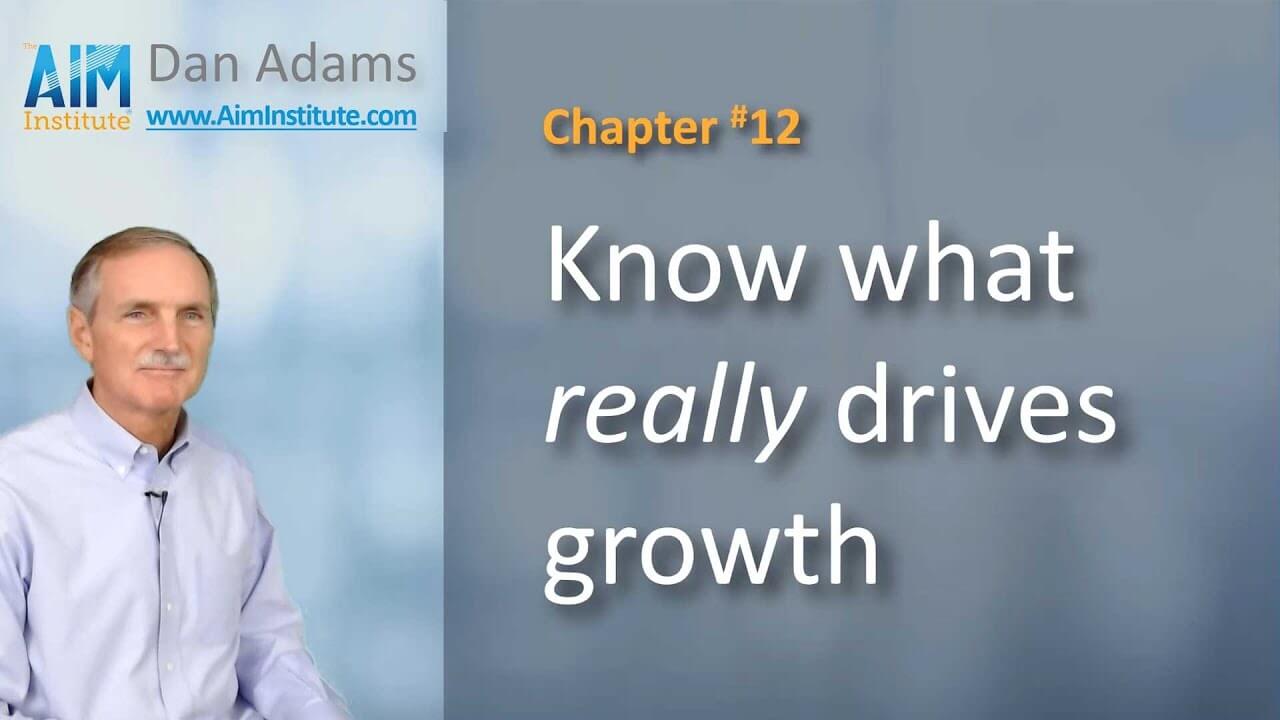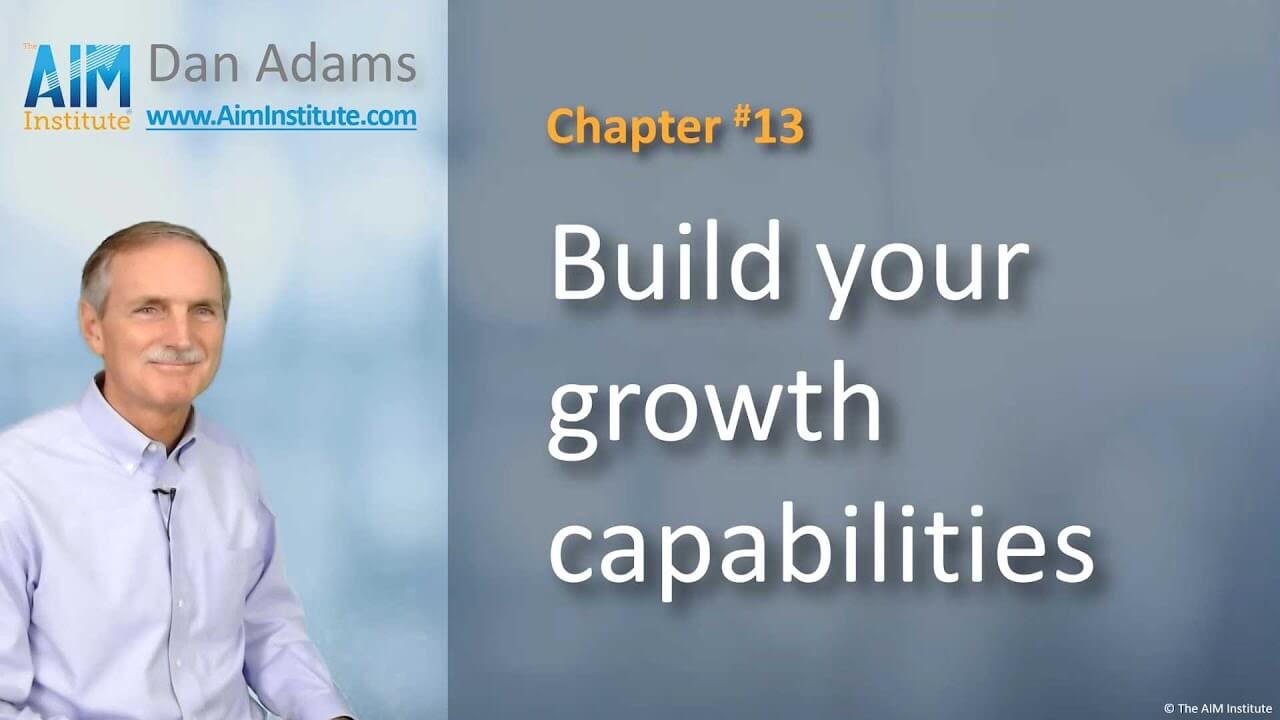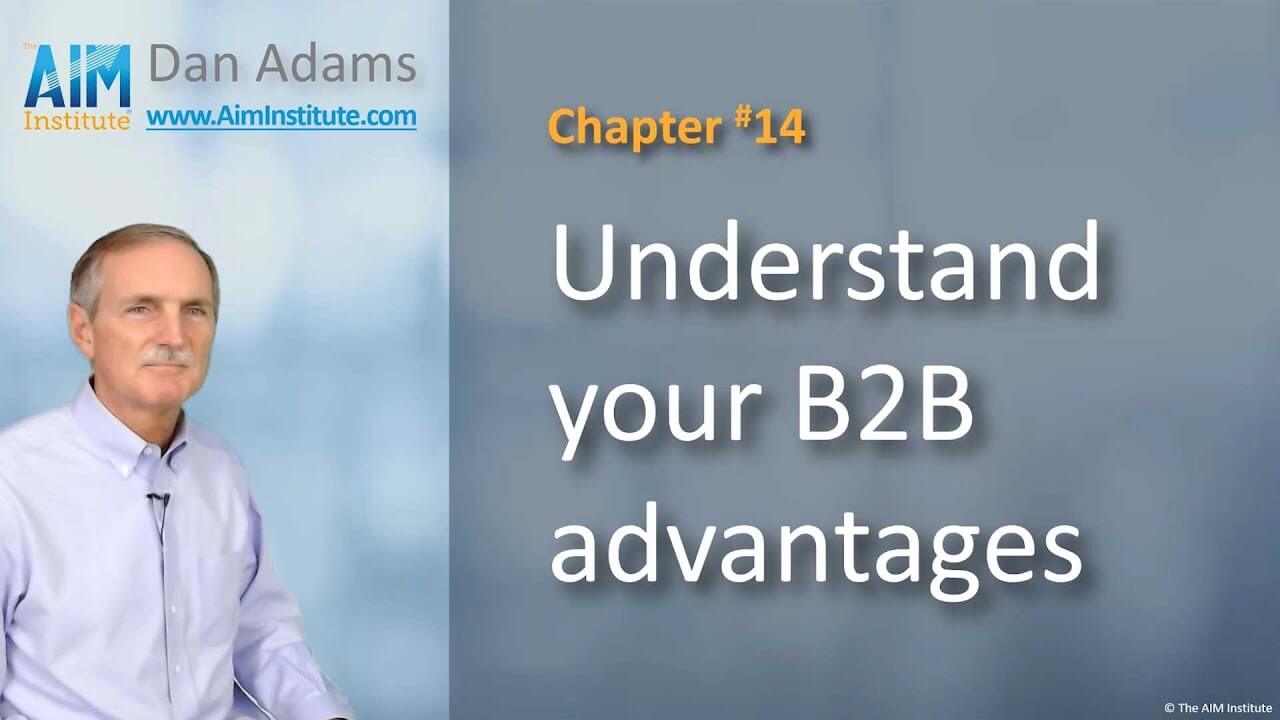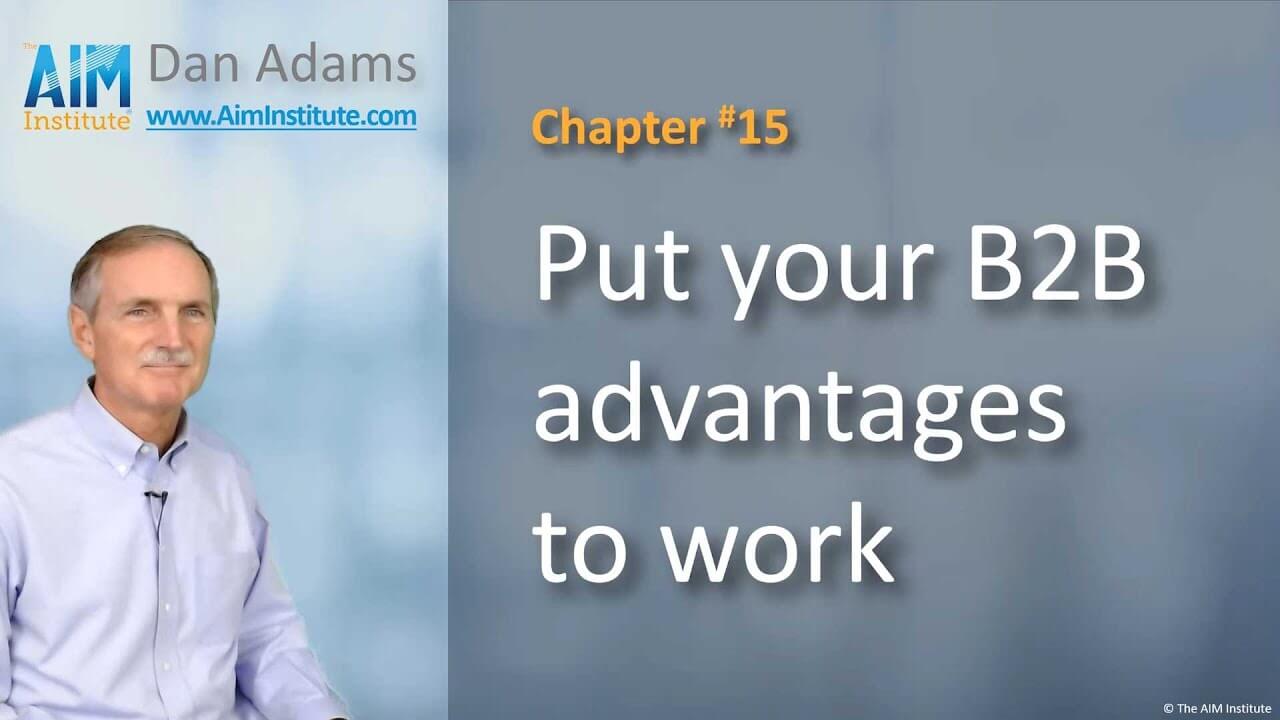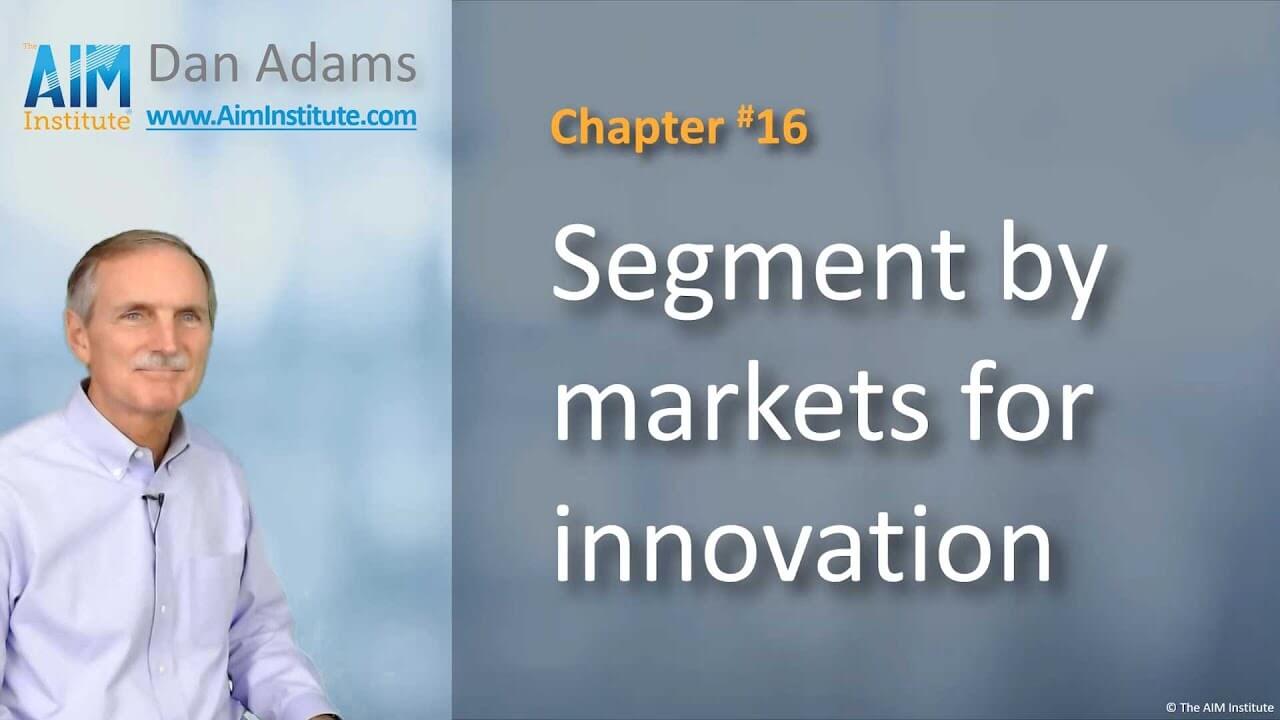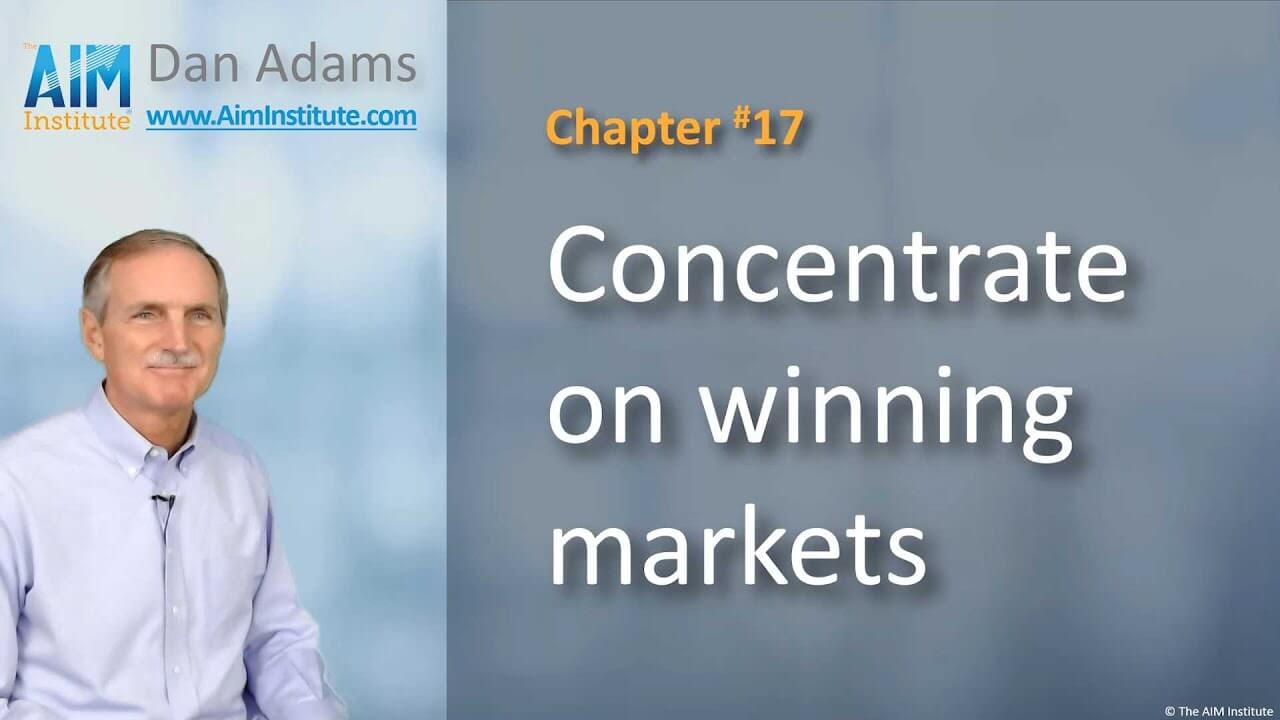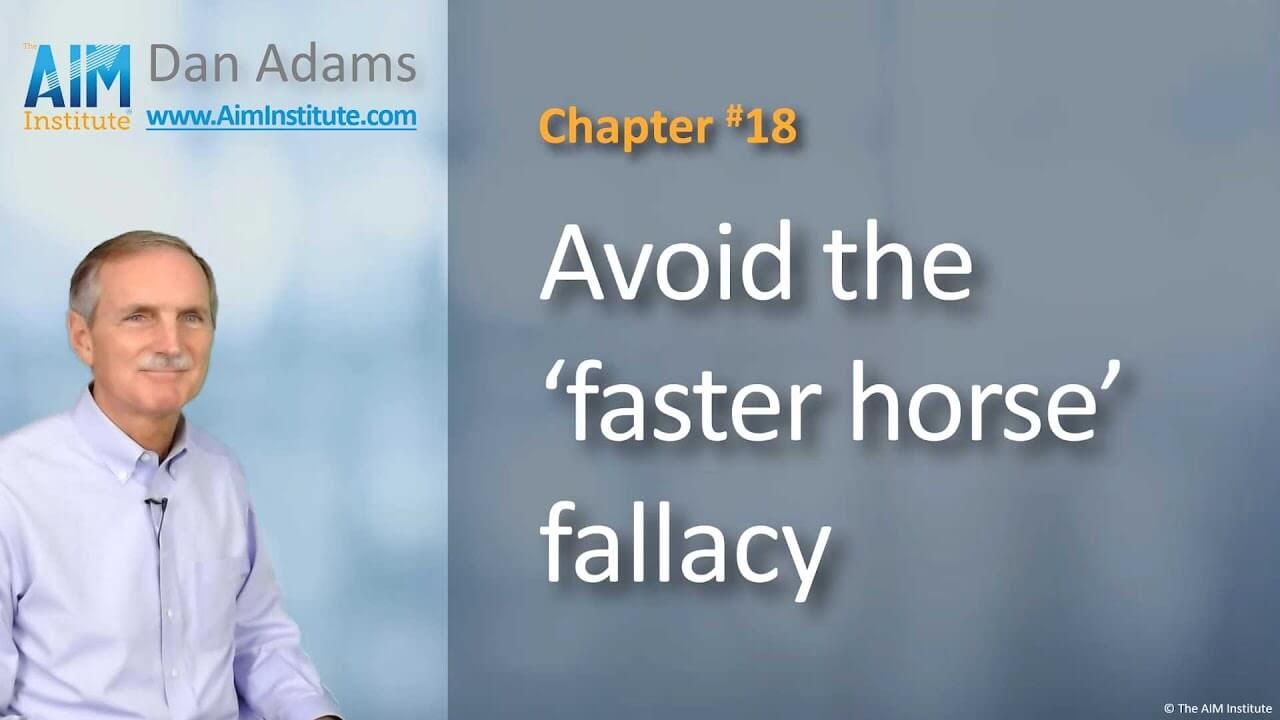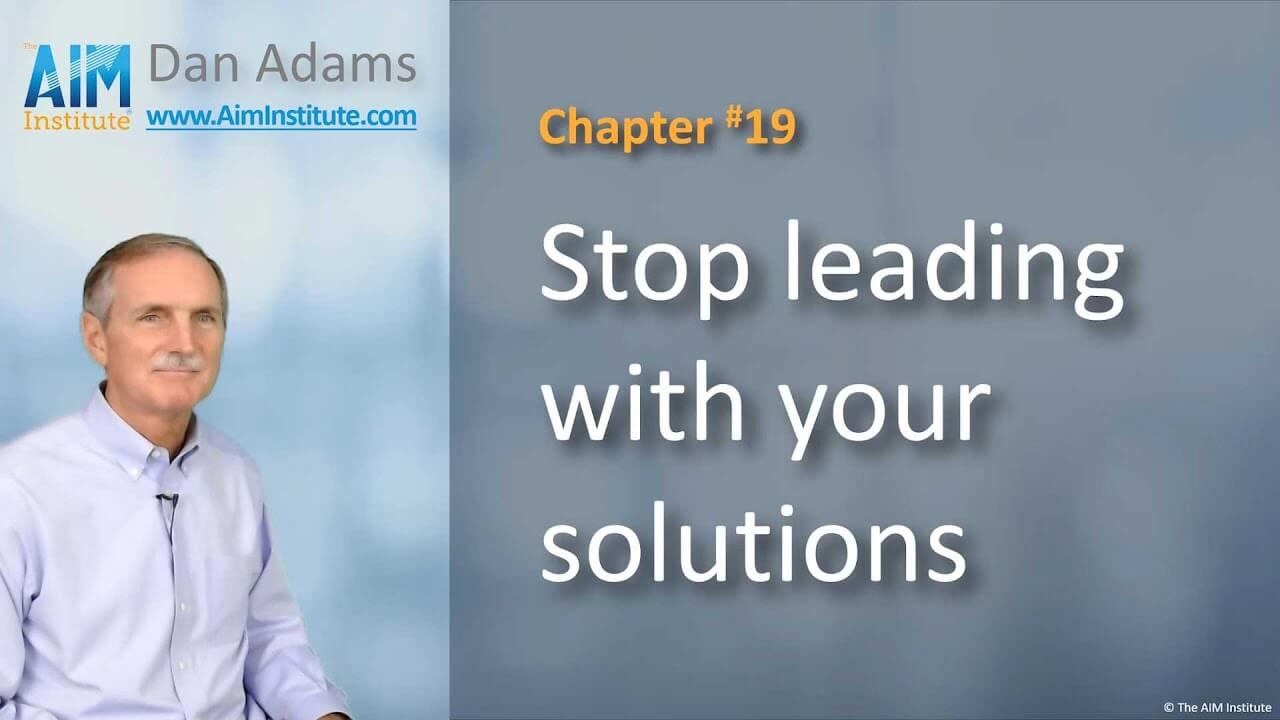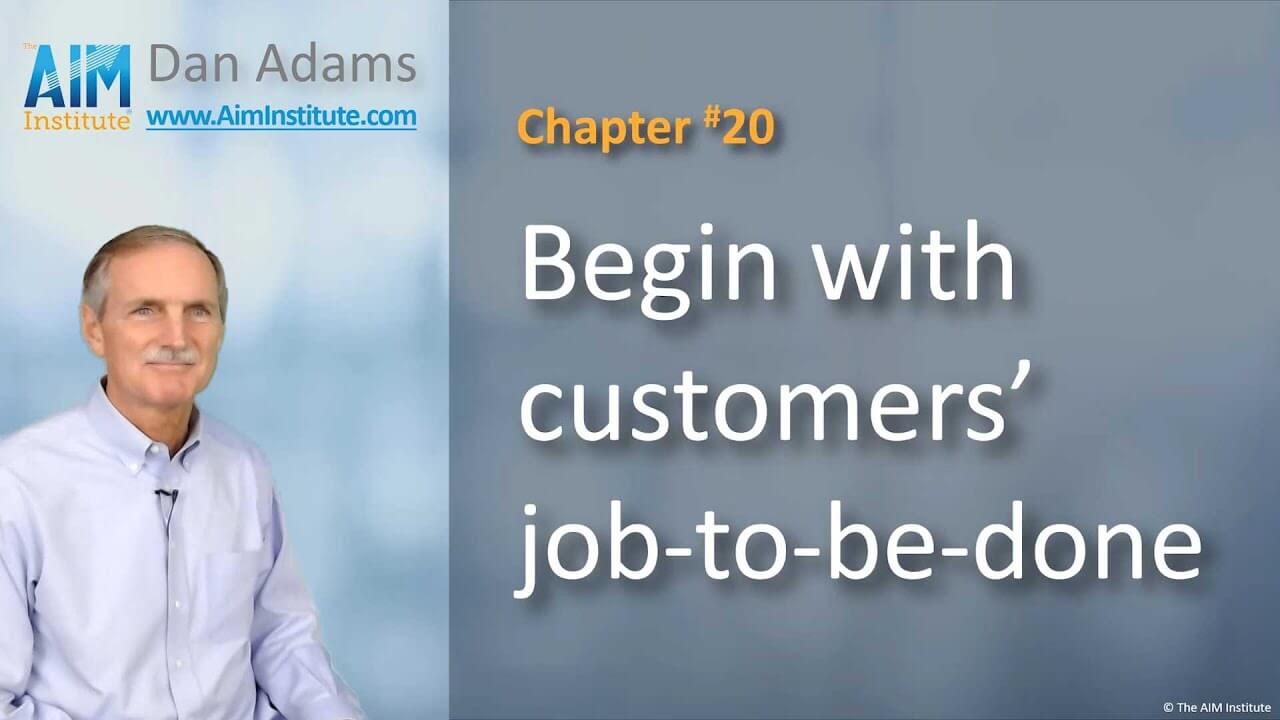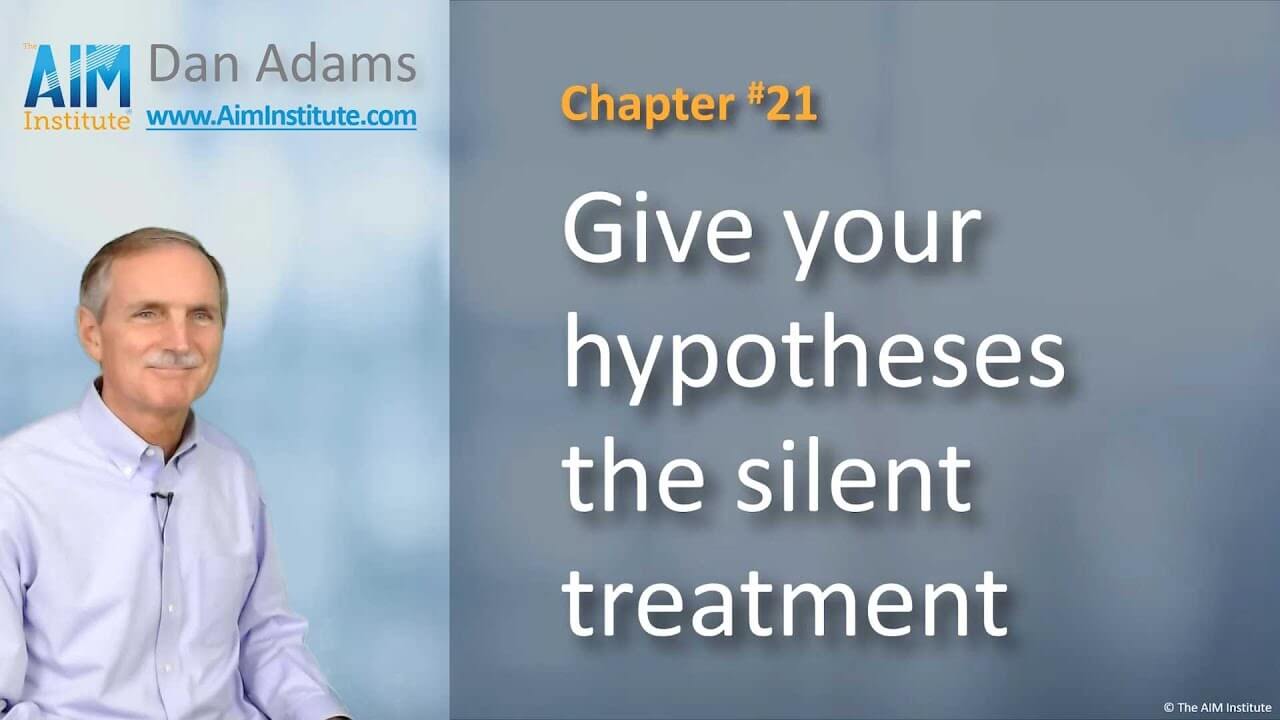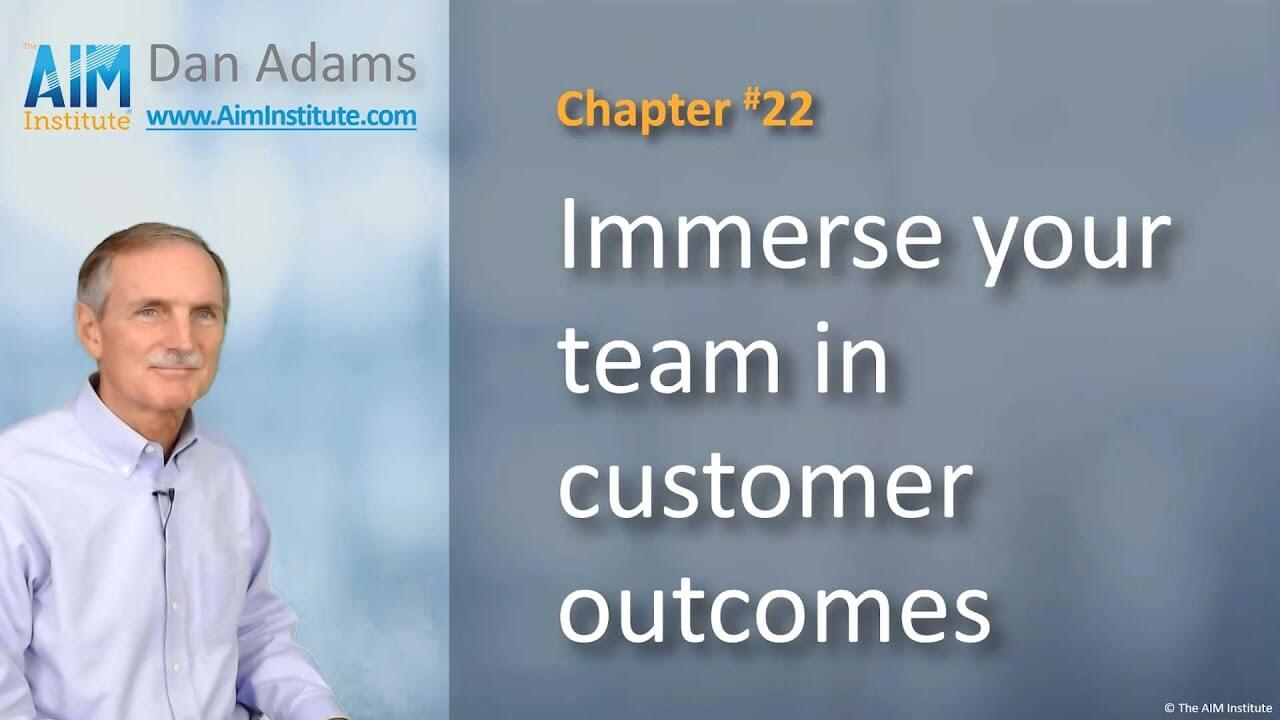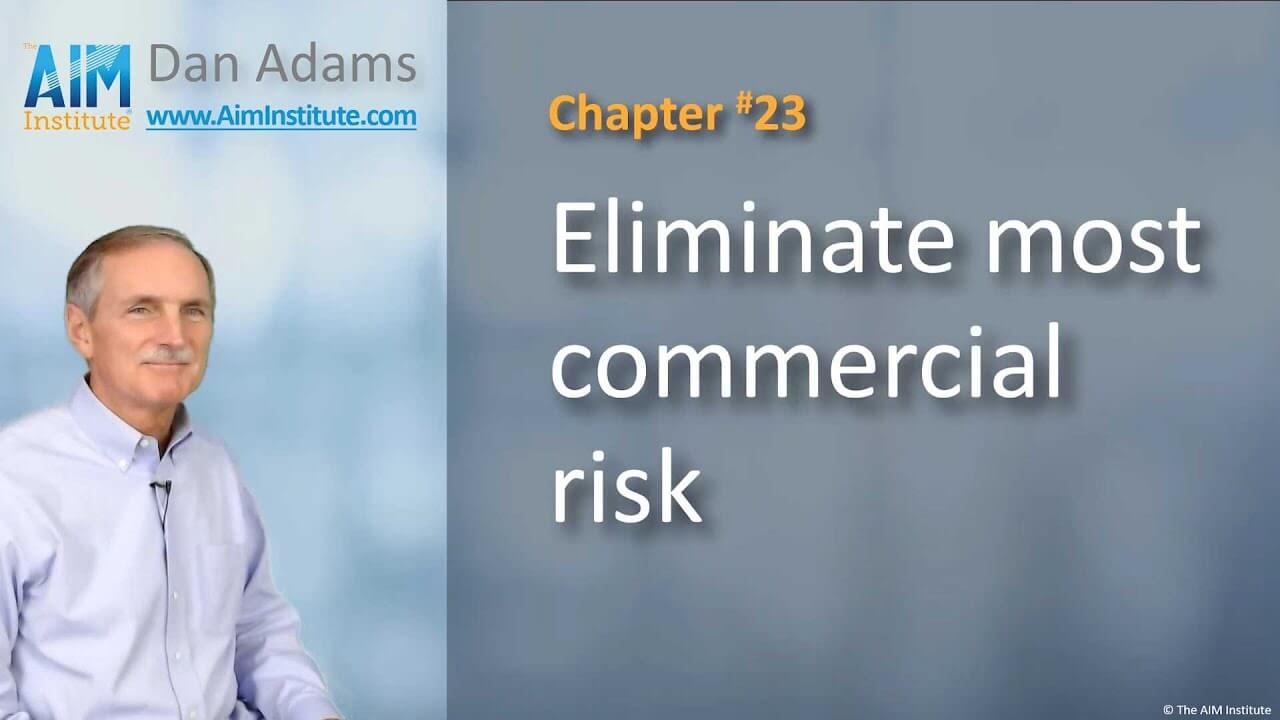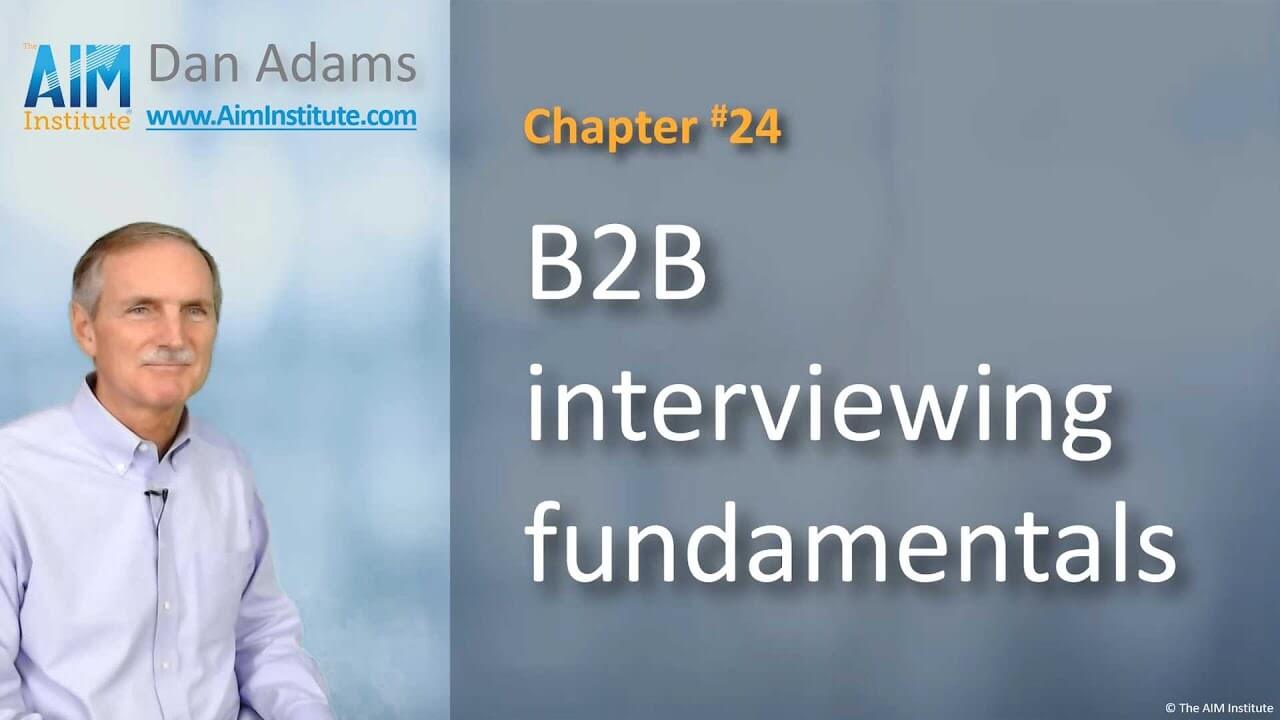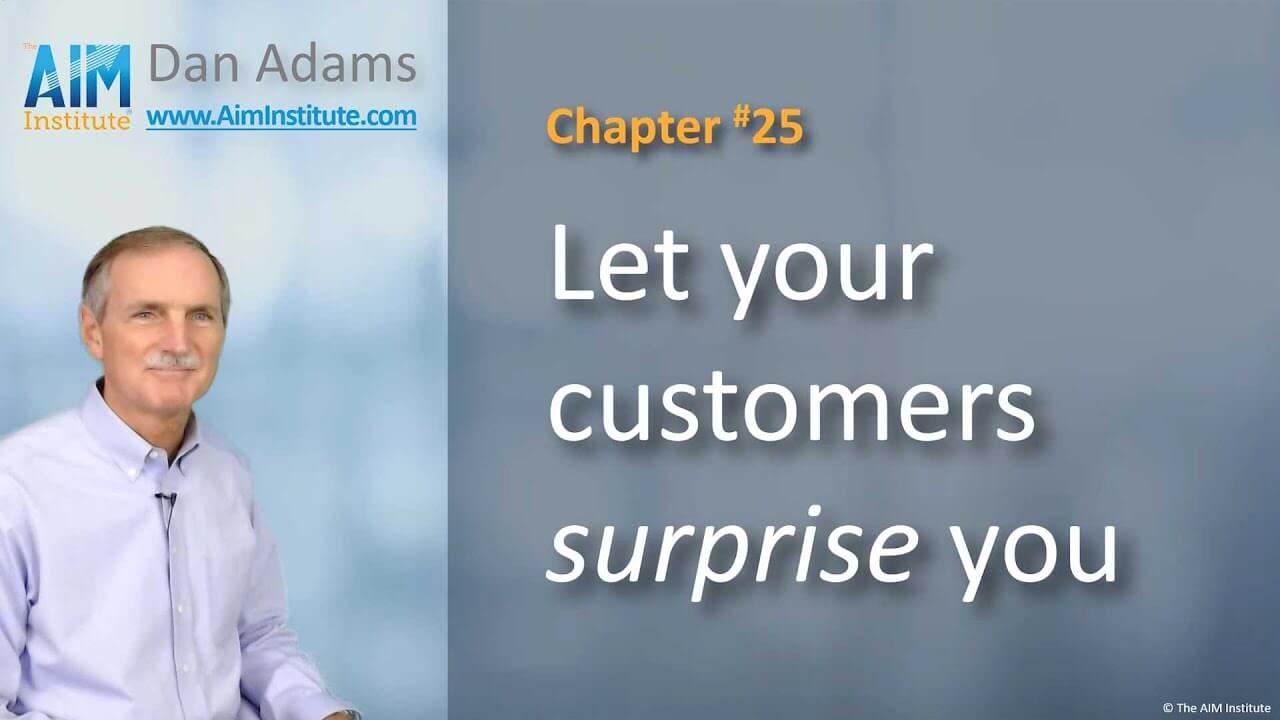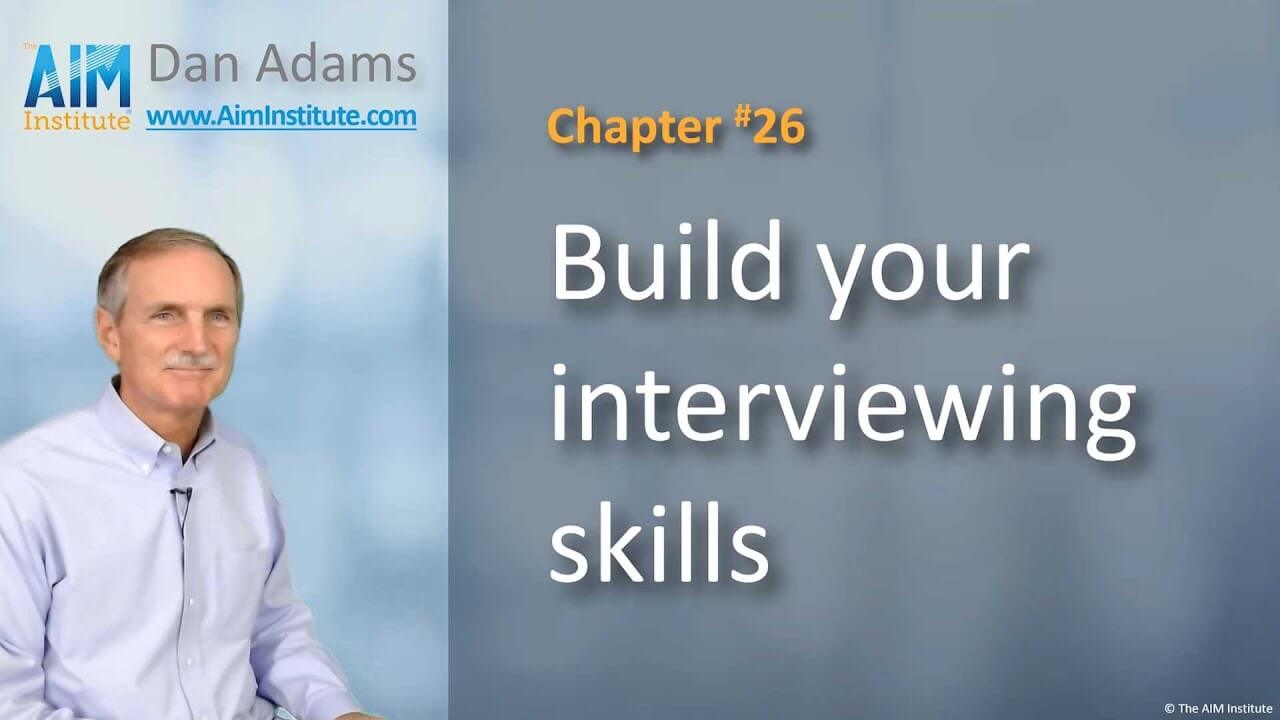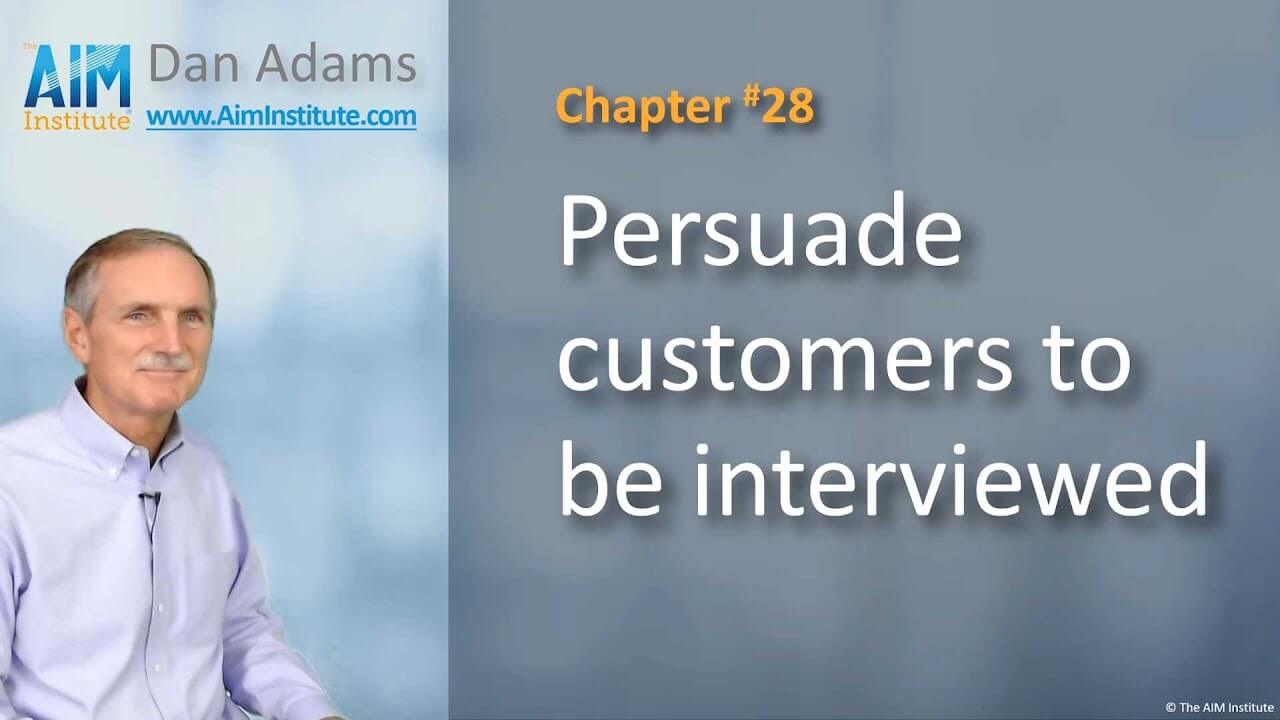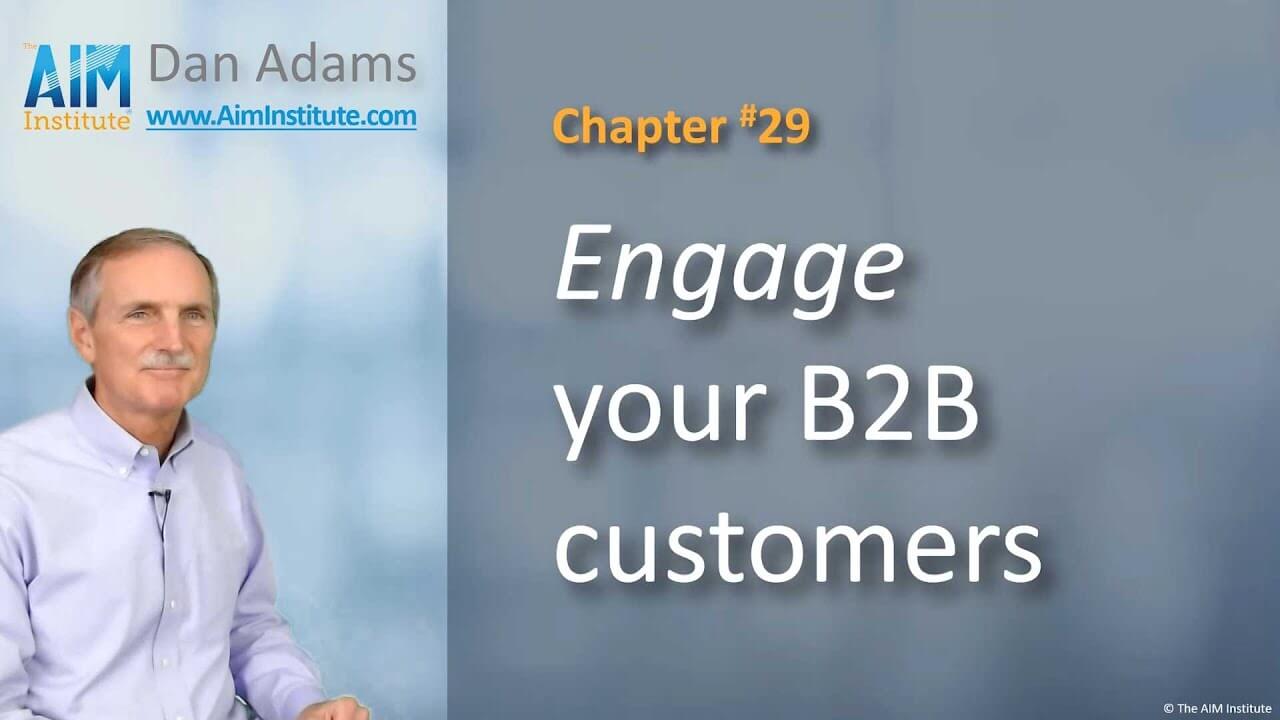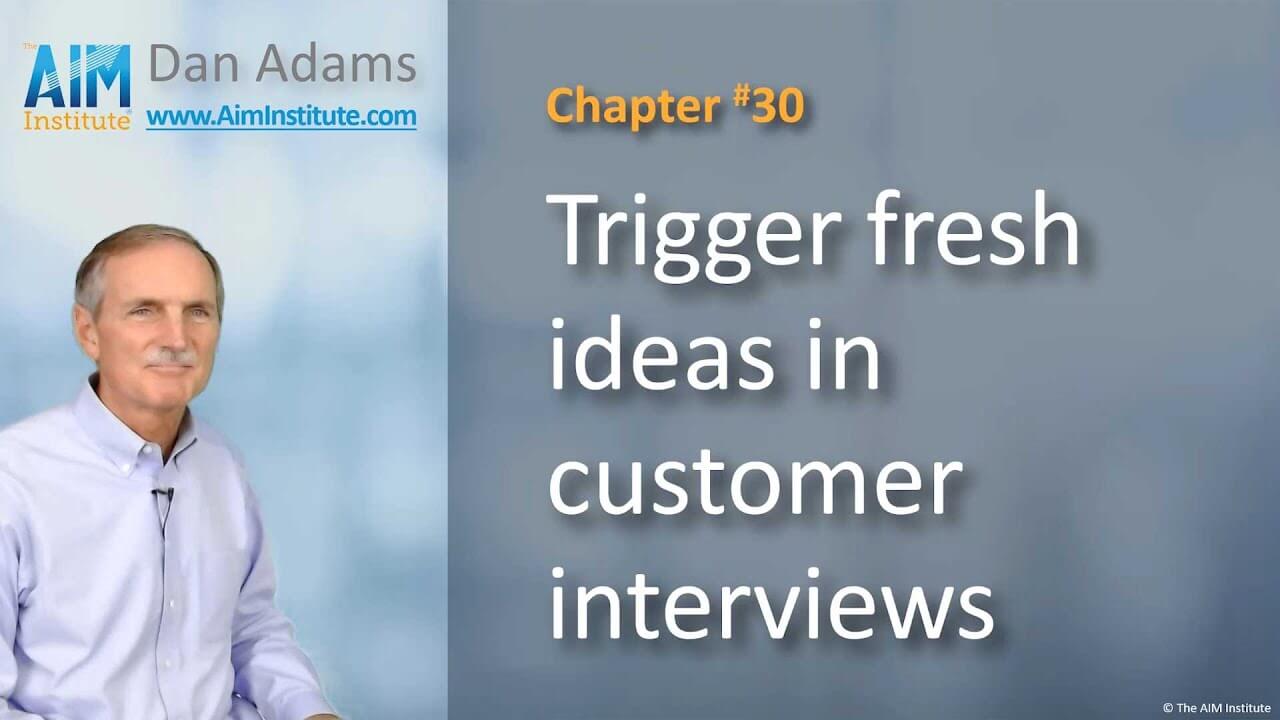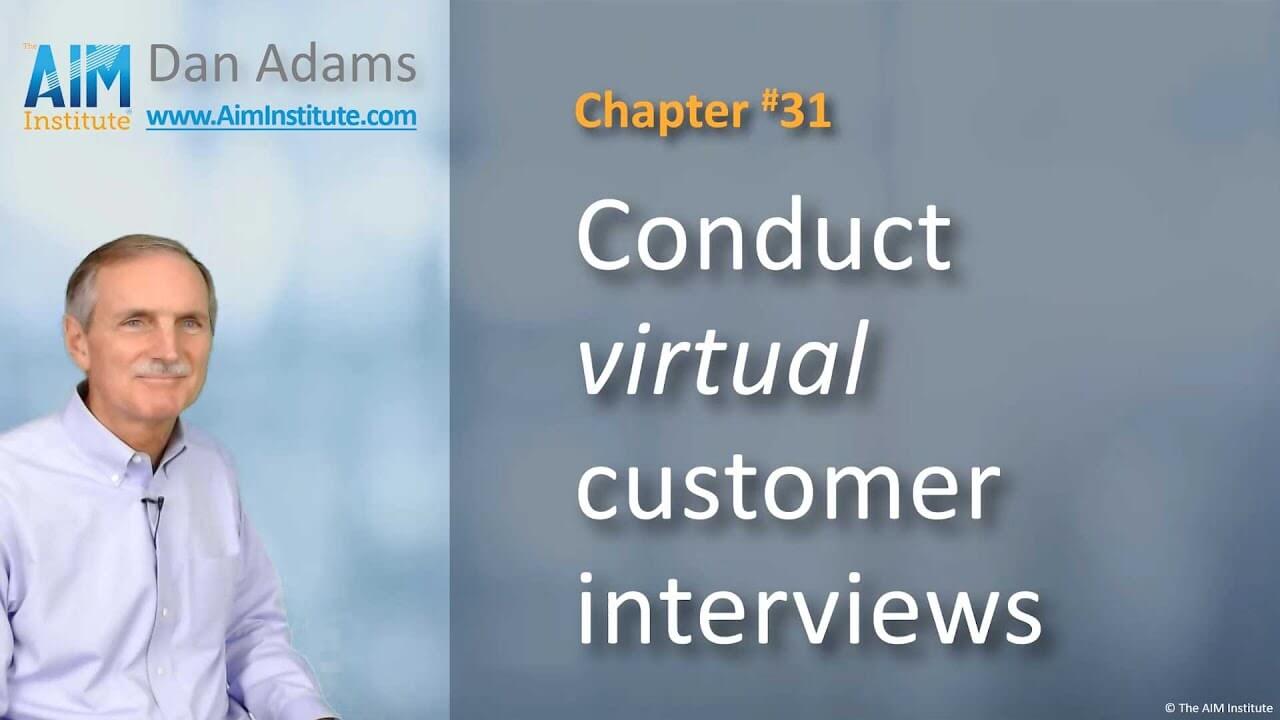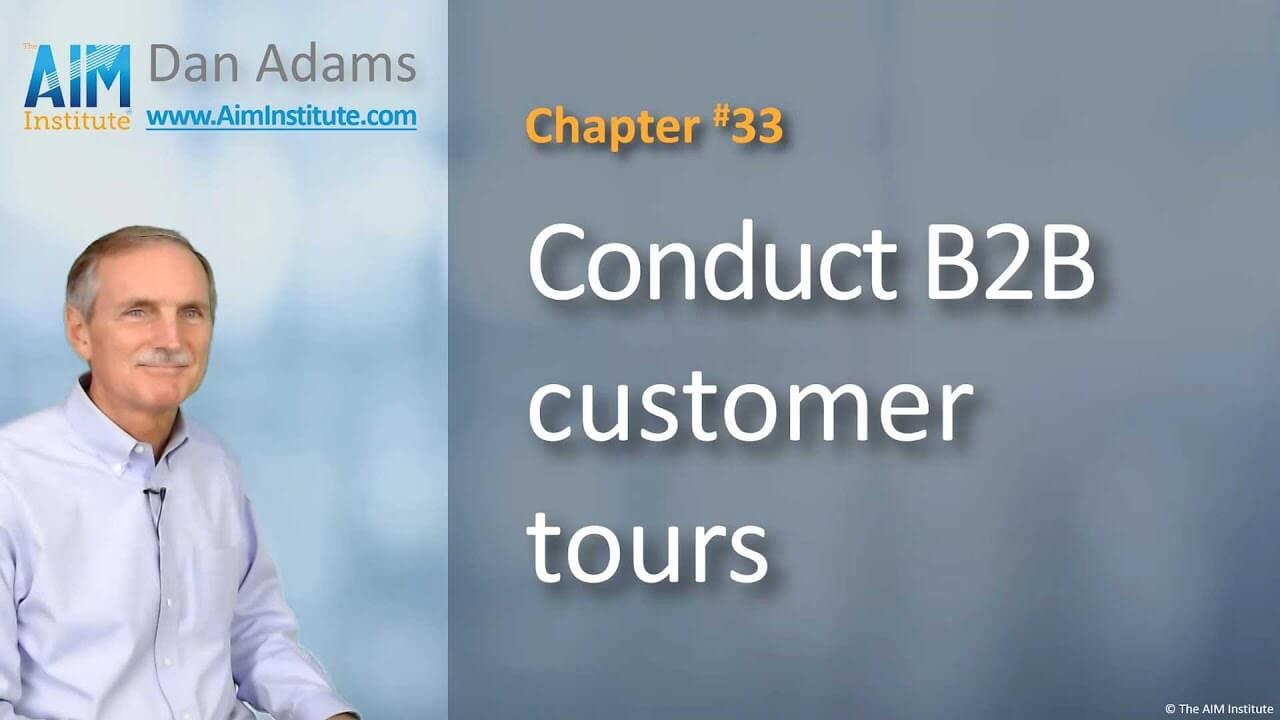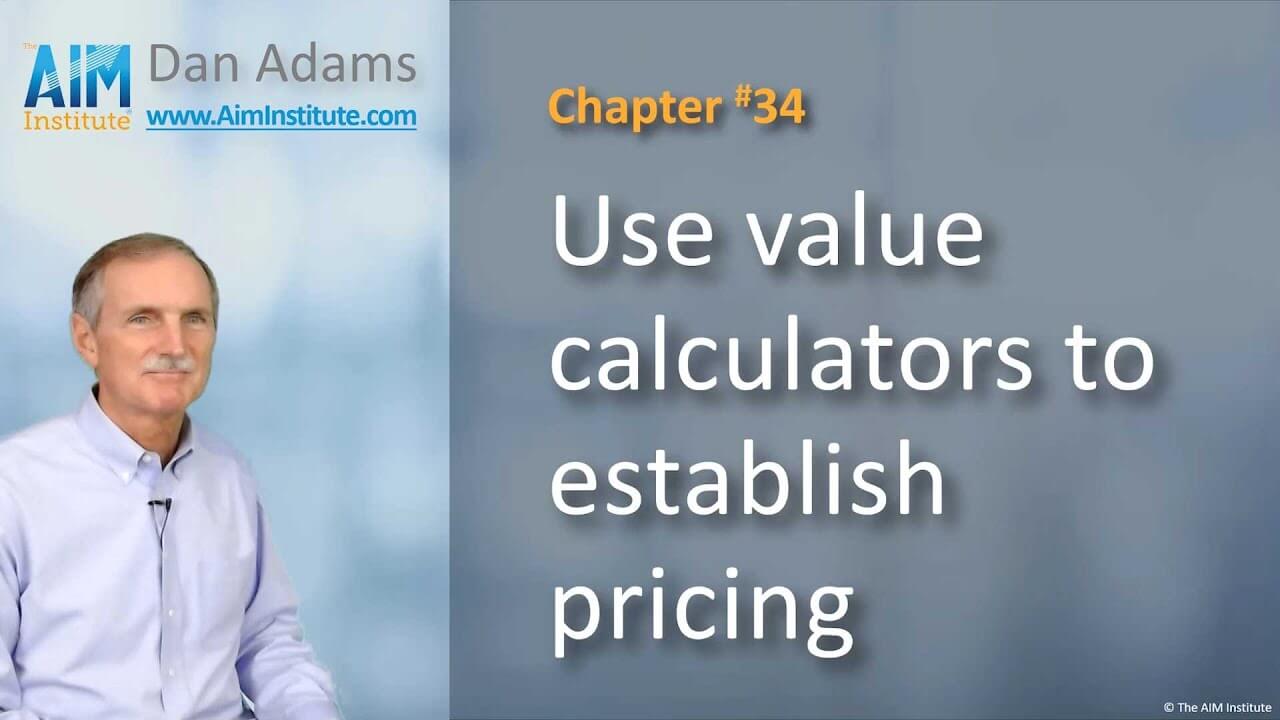The price premium your product gets is driven by its value over customers’
. Here’s the only reliable way to quantitatively assess competing products’ value.
In the last chapter, you learned the only way a new product can get a price premium is by satisfying a customer outcome with a high Market Satisfaction Gap… something important and not currently satisfied.
But this doesn’t guarantee a price premium… or tell you how big it will be. You’ve got to deliver customer value over-and-above the customer’s next-best-alternative. Most B2B companies don’t know how customers truly measure value, and therefore cannot set an optimum new product price.
They need to ask 5 questions. In our earlier Preference interview example, you saw the first two… “How important is this outcome, such as minimize paint settling”… and “How satisfied are you with this today?”
Then ask, “How would you measure if you’re satisfied with your paint settling?” They might say they centrifuge a paint sample and see how long it takes to settle. You ask, “Using this test, what result would you consider ‘barely acceptable’?” They might say, “We need at least 2 hours.” Then you ask, “And what result would make you totally satisfied?” Perhaps they’d say, 12 hours.
You now have everything you need to replicate the customer experience. Here’s how: During your Preference interviews when you ask for 1-to-10 satisfaction ratings, you also provide these word descriptions, creating a “customer satisfaction ruler,” where barely acceptable is a “5” and totally satisfied is a “10.” You calibrate this ruler by asking customers what test result is barely acceptable and totally satisfied.
Let’s say your new product causes settling at 6 hours. You now know your customers would view this as a “7” or “good.” Plot this for your new product and do likewise for other key outcomes… and then plot the results of your competitive benchmarking tests.
You can even create Outside-In Scores… the average of all outcome test scores. Now you can predict how the market would view your new product vs. competitors.
When it comes to your customer insight, you can move from guessing… to understanding customer needs… and even model the customer experience around those needs.
We couldn’t cover this in depth here, but let me leave you with this thought: Because you are a B2B company, you can reach a level of customer insight most companies haven’t even dreamed of.
